Introduction
If you are a novice to interior design and renovation, you may struggle with some of the commonly used terms unfamiliar to you.
Here’s a comprehensive guide to equip you with the essential knowledge. You’ll learn a collection of interior design key terms and jargon that professionals use in Singapore.
Read till the end of the article to find out unique interior styles uncommon in Singapore and the differences between trending ones.
Essential Renovation Terminology
Casement windows
Casement is a framing treatment commonly used on windows or doors.
Unlike sliding windows that create a slide motion on rollers, casement windows attach to either hinges or pivots that enable swing motion — either inward or outward, similar to swing doors.
One benefit of a casement window is that it offers better ventilation than most windows.

False ceiling
False ceiling, also known as a dropped or suspended ceiling — is built at a relatively lower height than concrete ceilings.
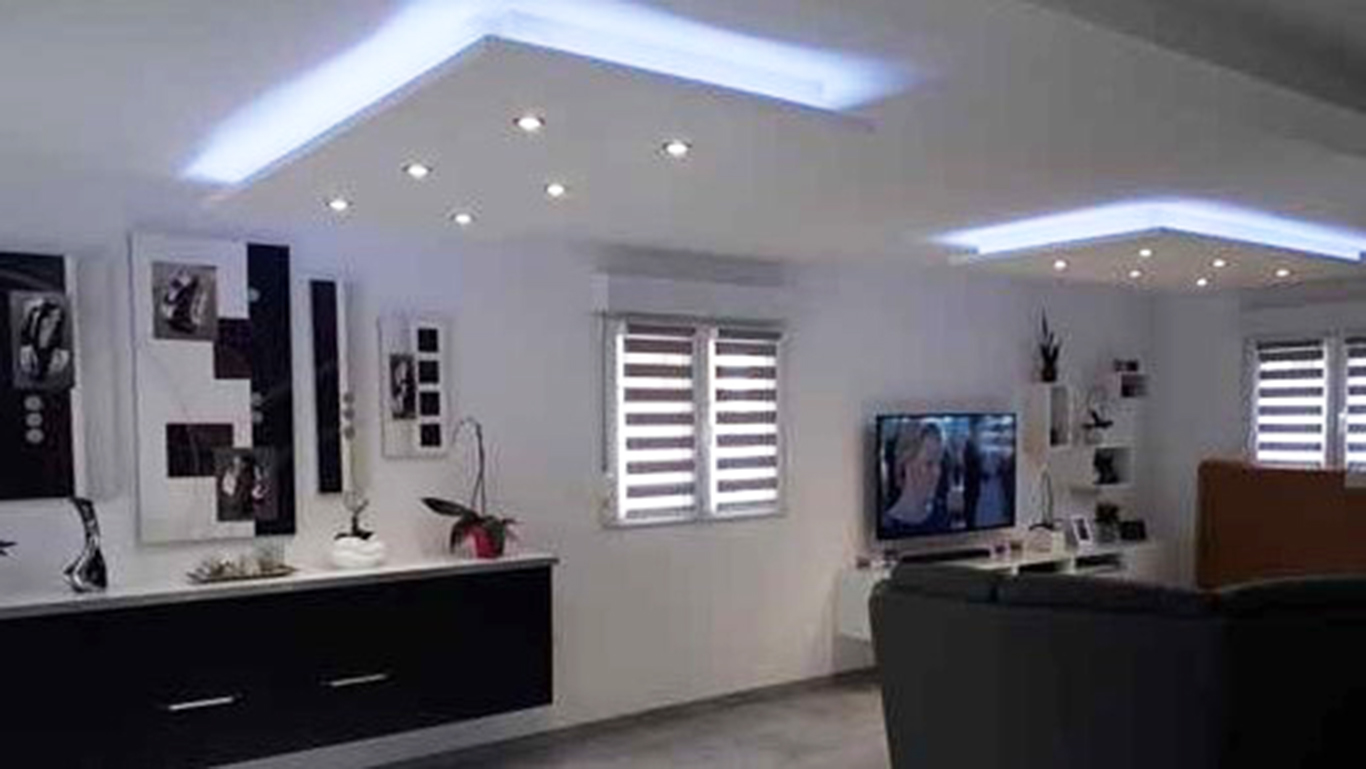
Alteration of ceiling height accommodates for installation and concealing of wireworks — for instance, aircon or downlights.
Apart from having more lighting options, false ceilings also help make the room cooler as it absorbs excess heat.
Hacking
Hacking refers to the act of demolishing an existing wall or flooring.
Wall hacking knocks down walls to redefine the space, usually to maximize room space and create a seamless integration in the area.
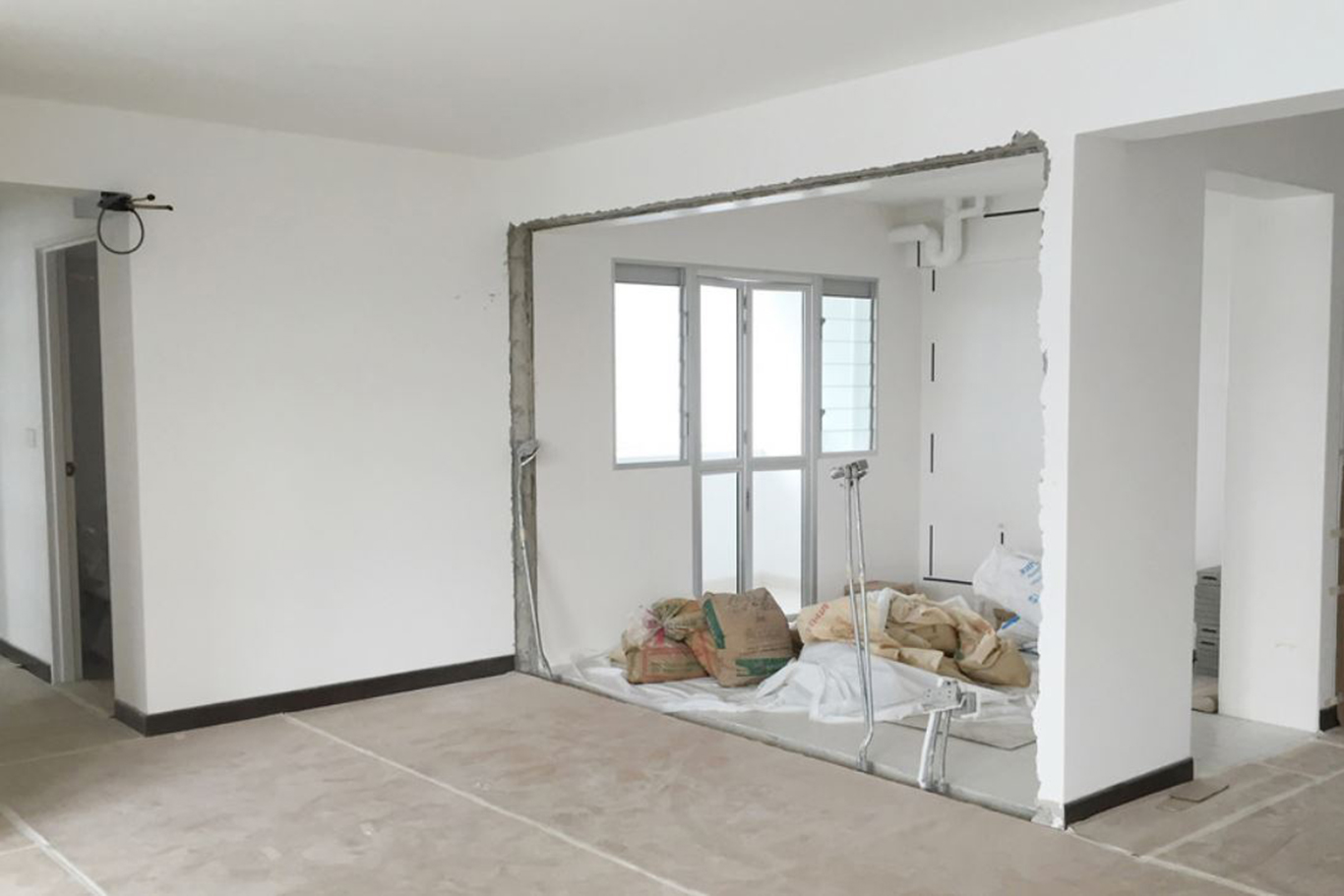
Floor hacking is the demolition of current flooring to replace it with a new flooring element.
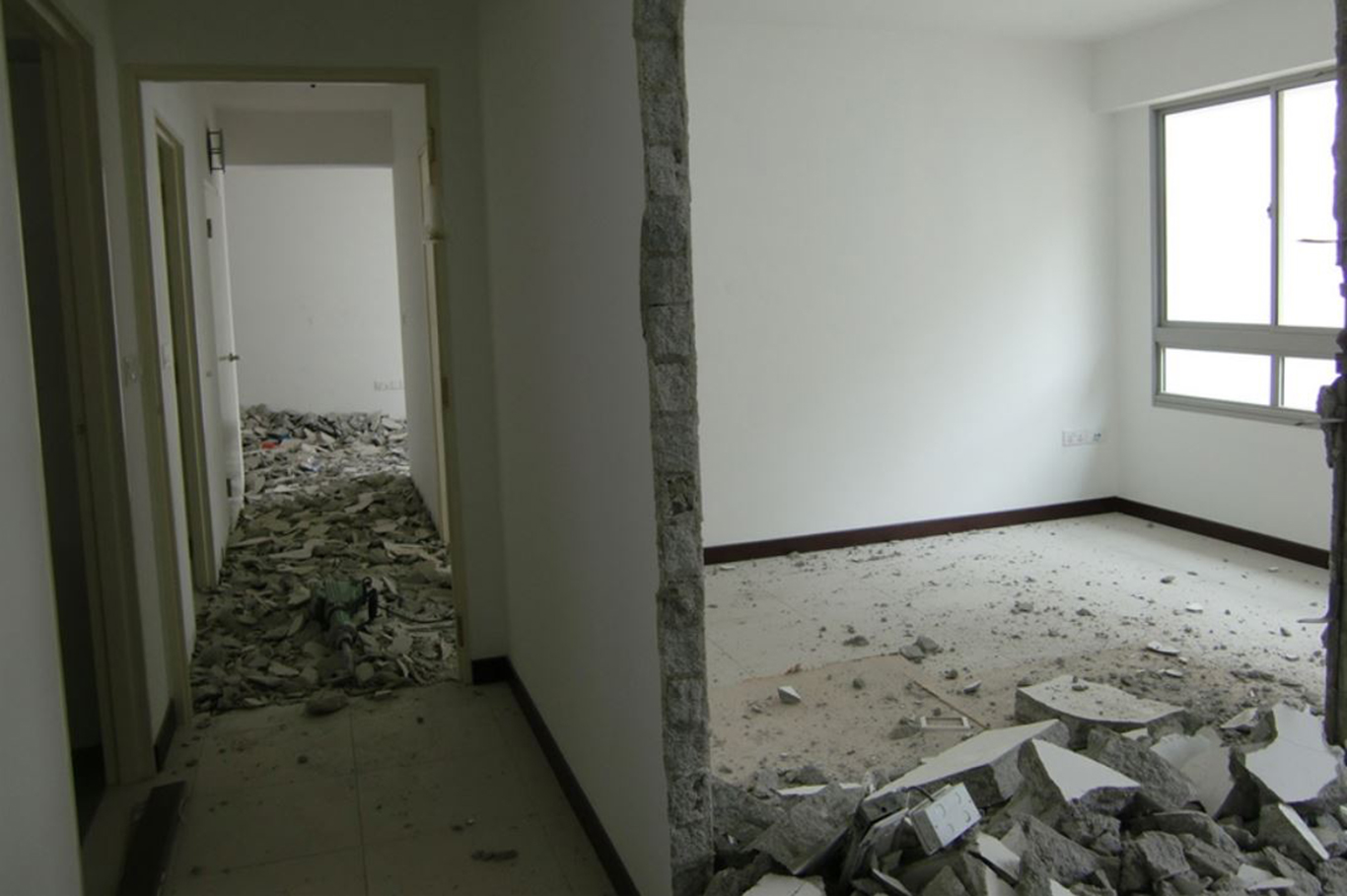
Partition
Partition is a non-load bearing structure that divides spaces in an area. As such, it does not support any structural weight of the building. It separates functional zones and can be used to create smaller and cozier personal spaces.
Apart from being a divider, it also helps reduce noise levels and is more pocket-friendly than putting up a permanent wall.
Some types of partitions include:
- Gypsum board partition
- Glass partition
- Brick partition
- Wooden partition
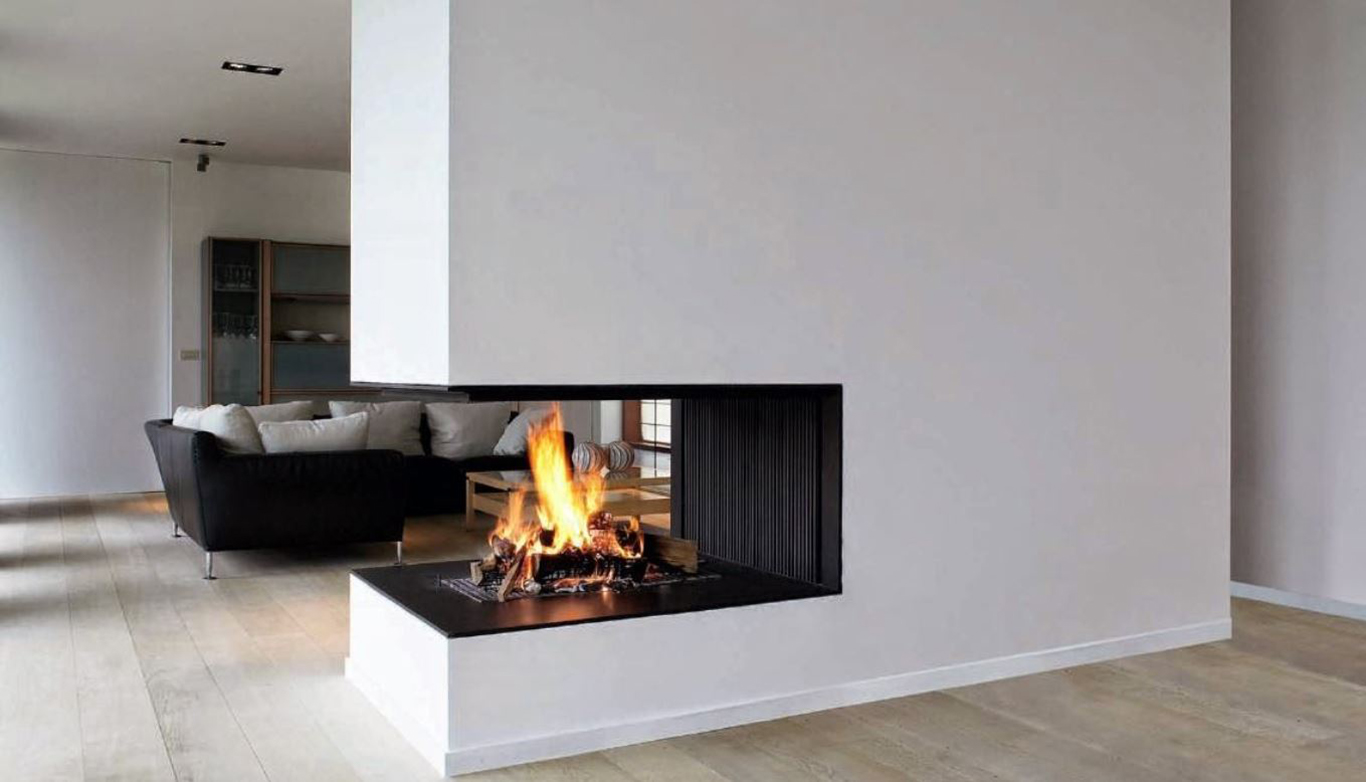
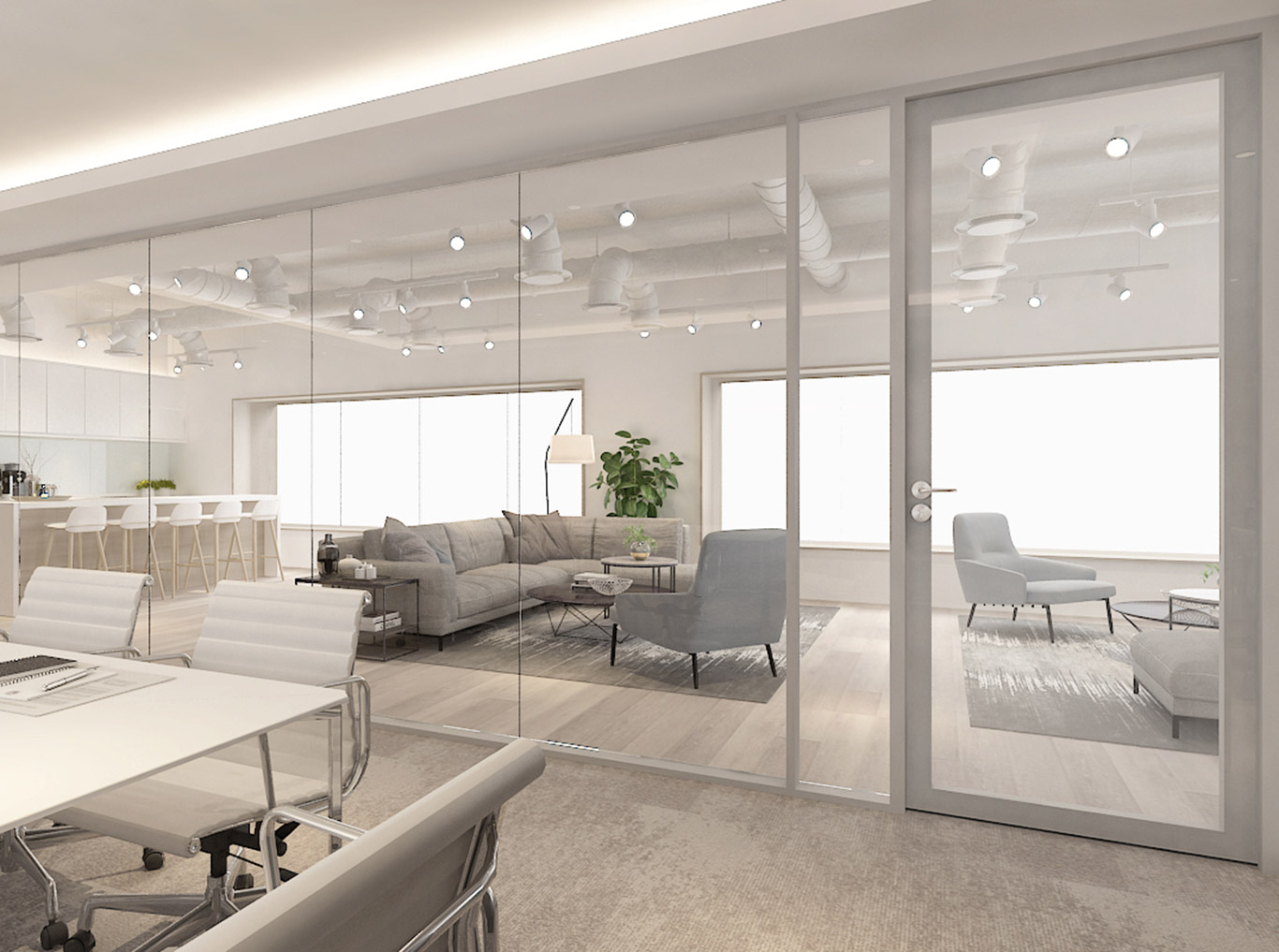
Plastering process
Plastering is the process of coating uneven or bumpy wall surfaces with building materials. There are a variety of materials used for plastering, varying from gypsum powder to limestone powder.
A stopping compound is a plaster-based substance used to produce a smooth-fine finish. It is also commonly used to treat interior walls.
Plastering can be applied on exterior walls to increase the wall durability and keep it weatherproof.
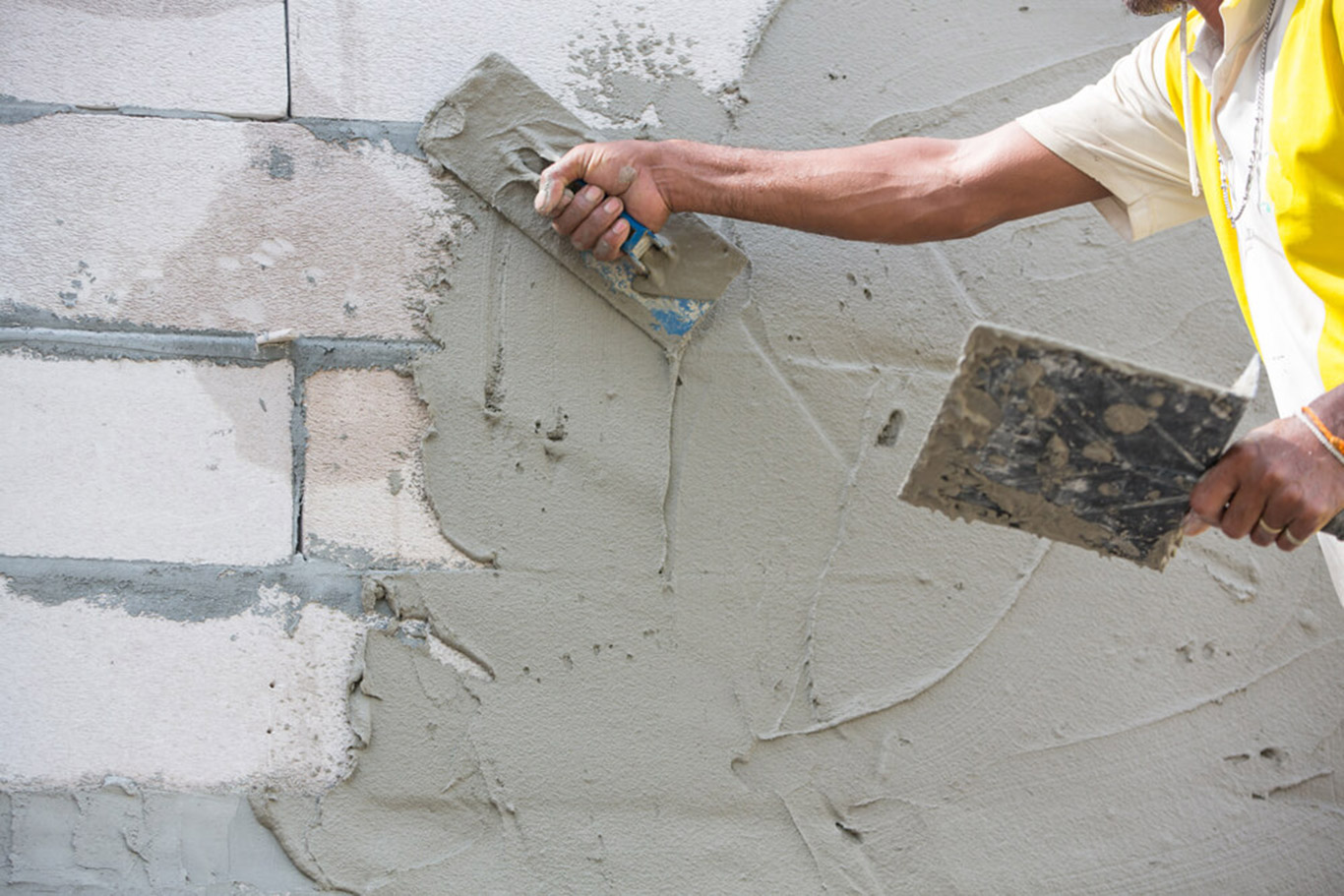
Cable trunking
Cable trunking, also called electrical trunking, is cable management used to protect and organize cables. It uses PVC wire casing that comes in various shapes and sizes.
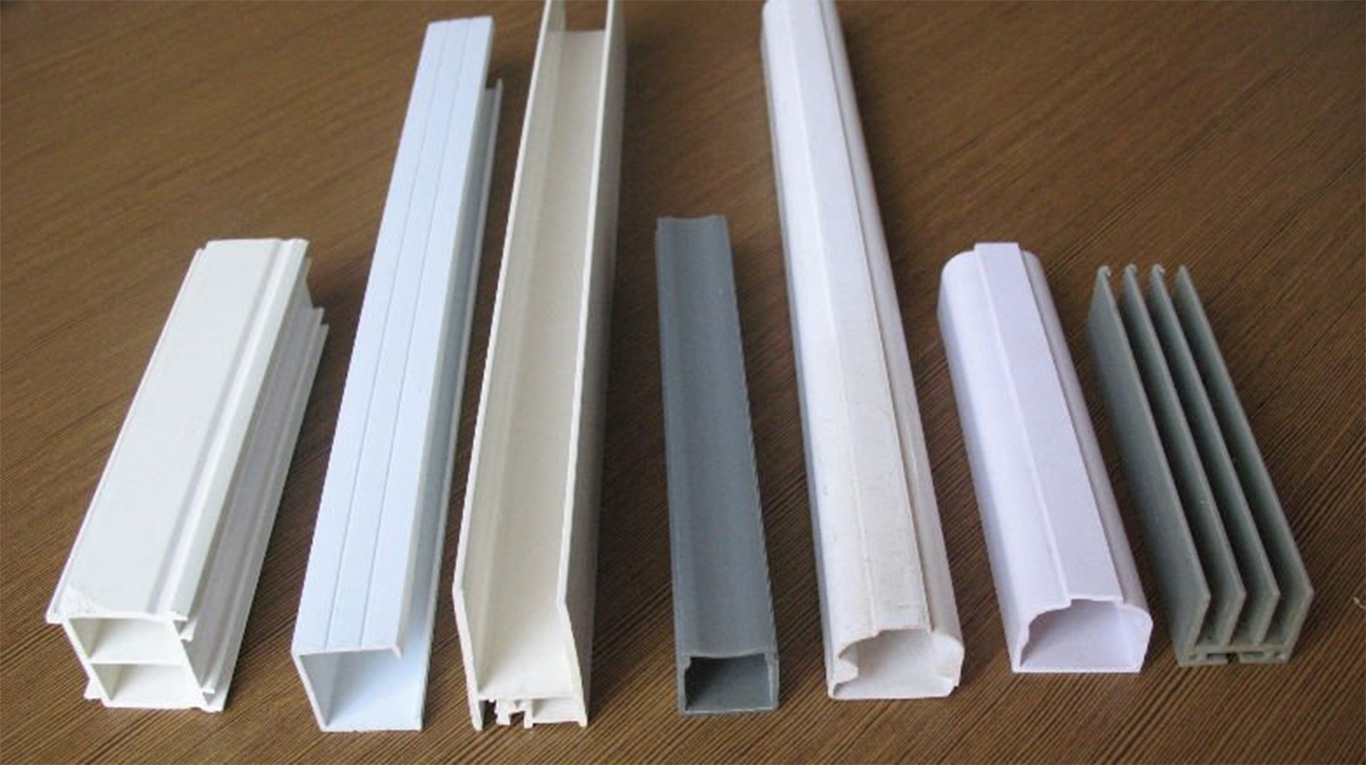
There are two forms of cable trunking: exposed and concealed.
Exposed trunking leaves the wire casing visible on wall surfaces.
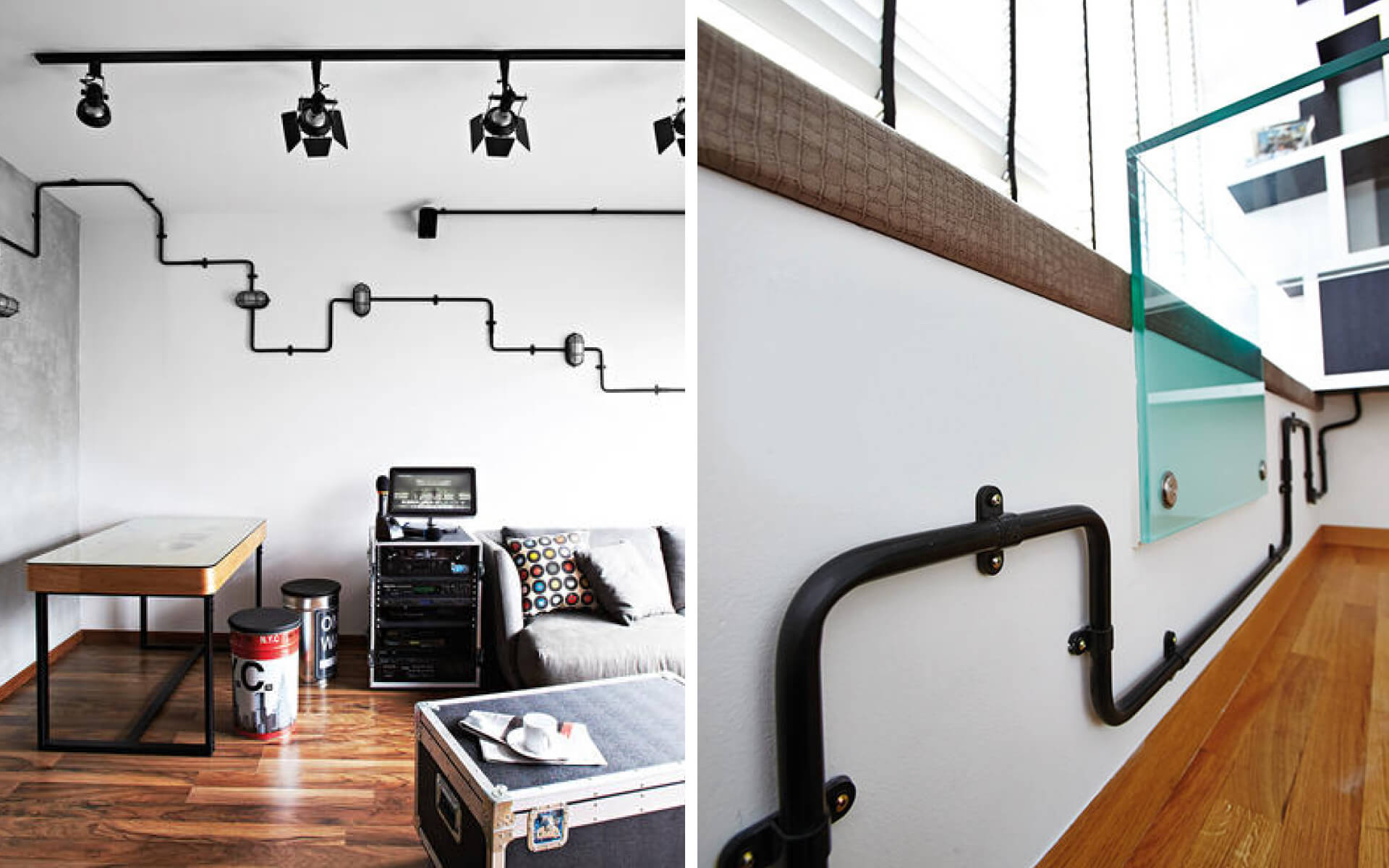
Concealed trunking embeds the wire casing in the wall. In Singapore, concealed trunking is only applicable to private houses.
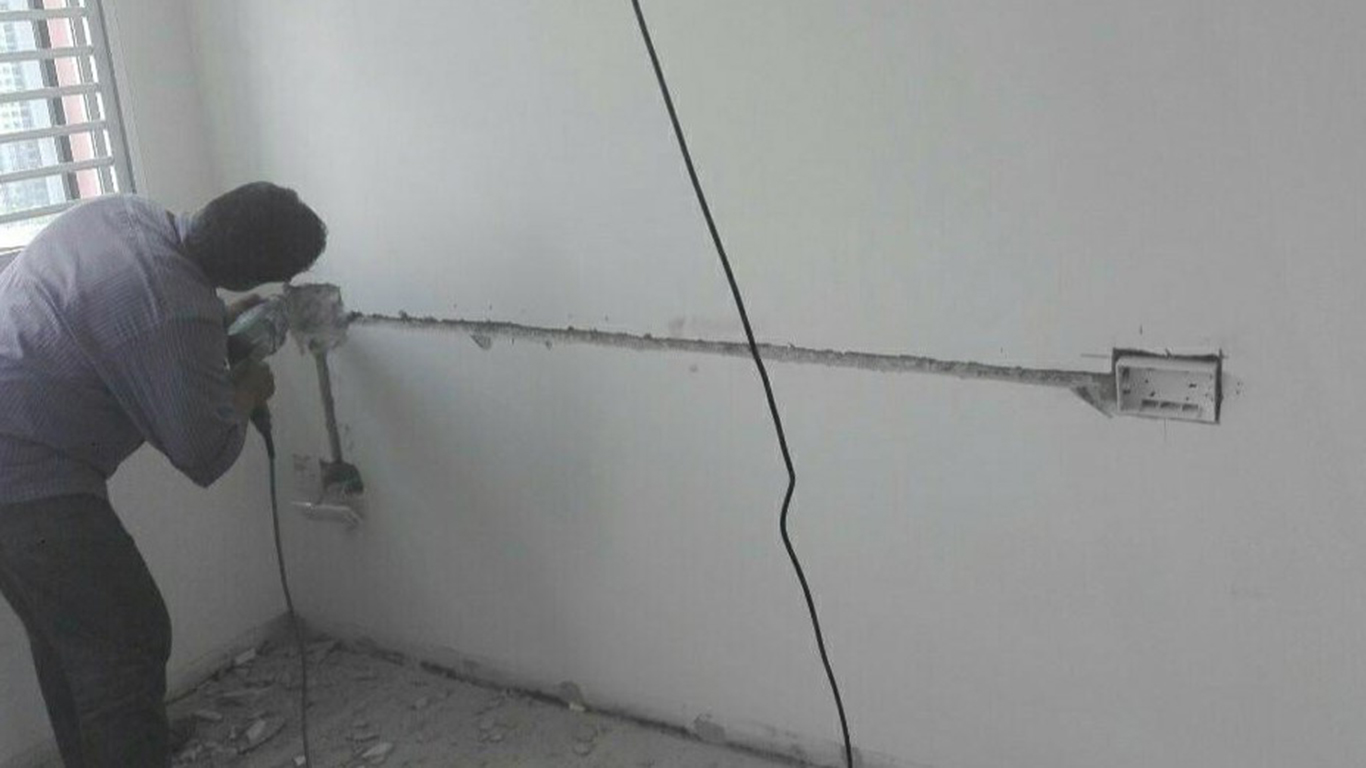
Remodeling
Remodeling is a process of changing the structure of an area.
The term, remodel, is often confused with renovation. But strictly speaking, these two terms mean differently.
Unlike remodel, where it creates a new form in space, renovation performs restoring and redesigning to enhance the space.
Restoration
Restoration is a process of returning a built structure to its original state.
Restoration is more common for historic buildings, but it can also apply to residential homes.
Some home restoration work includes:
- Refinishing wood floors
- Repairing holes in walls
- Repairing old fixtures
Skirting
Skirting is a board-like structure built along the border of the floor or ceiling. It comes in different materials such as wood, marble, and even plastic.
Floor skirting acts as wall protection against knocks and damages. It also helps unite the differences in materials used for the floor and wall.
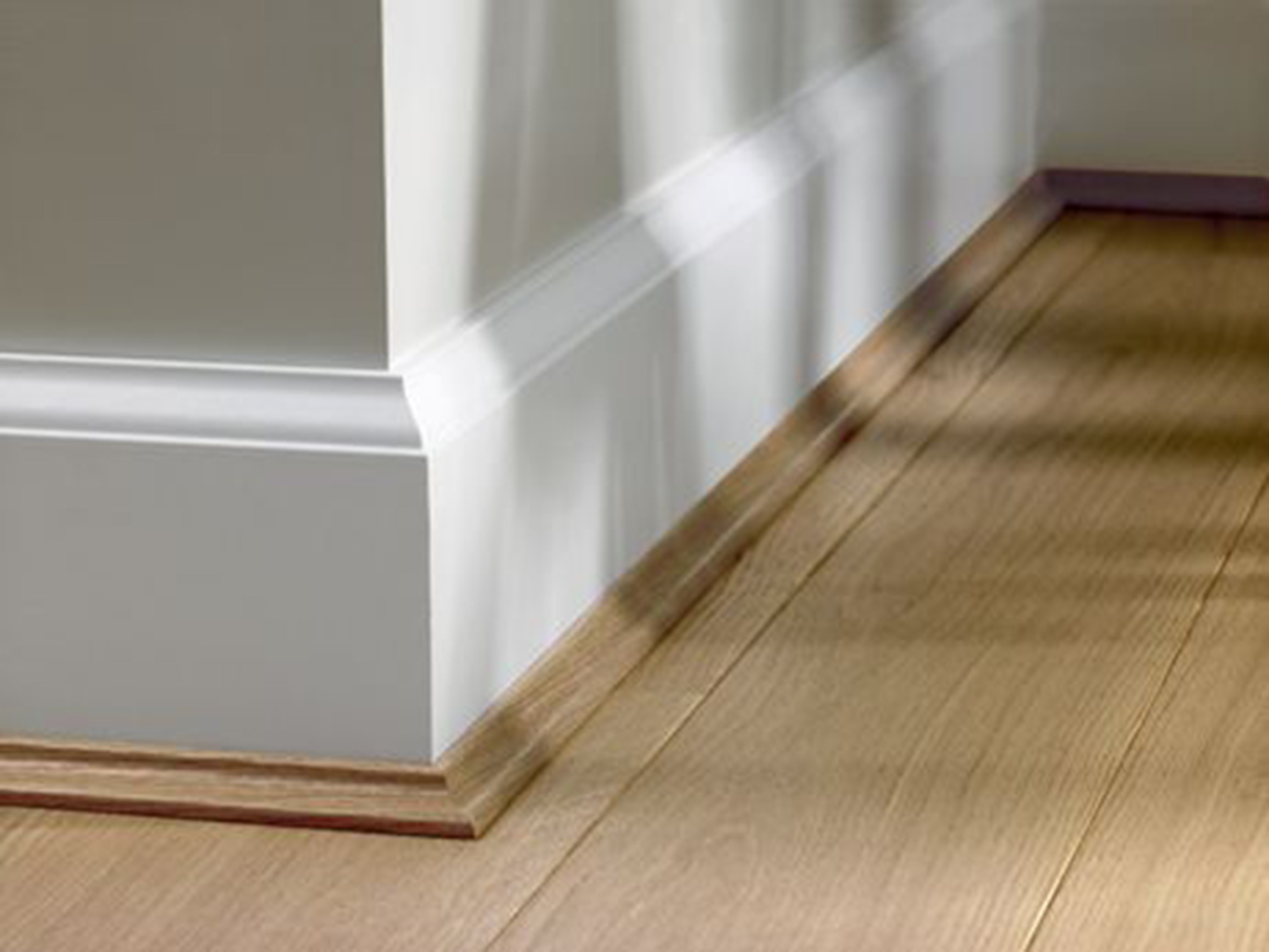
Ceiling skirting serves as a hiding spot for wires while beautifying ceilings.
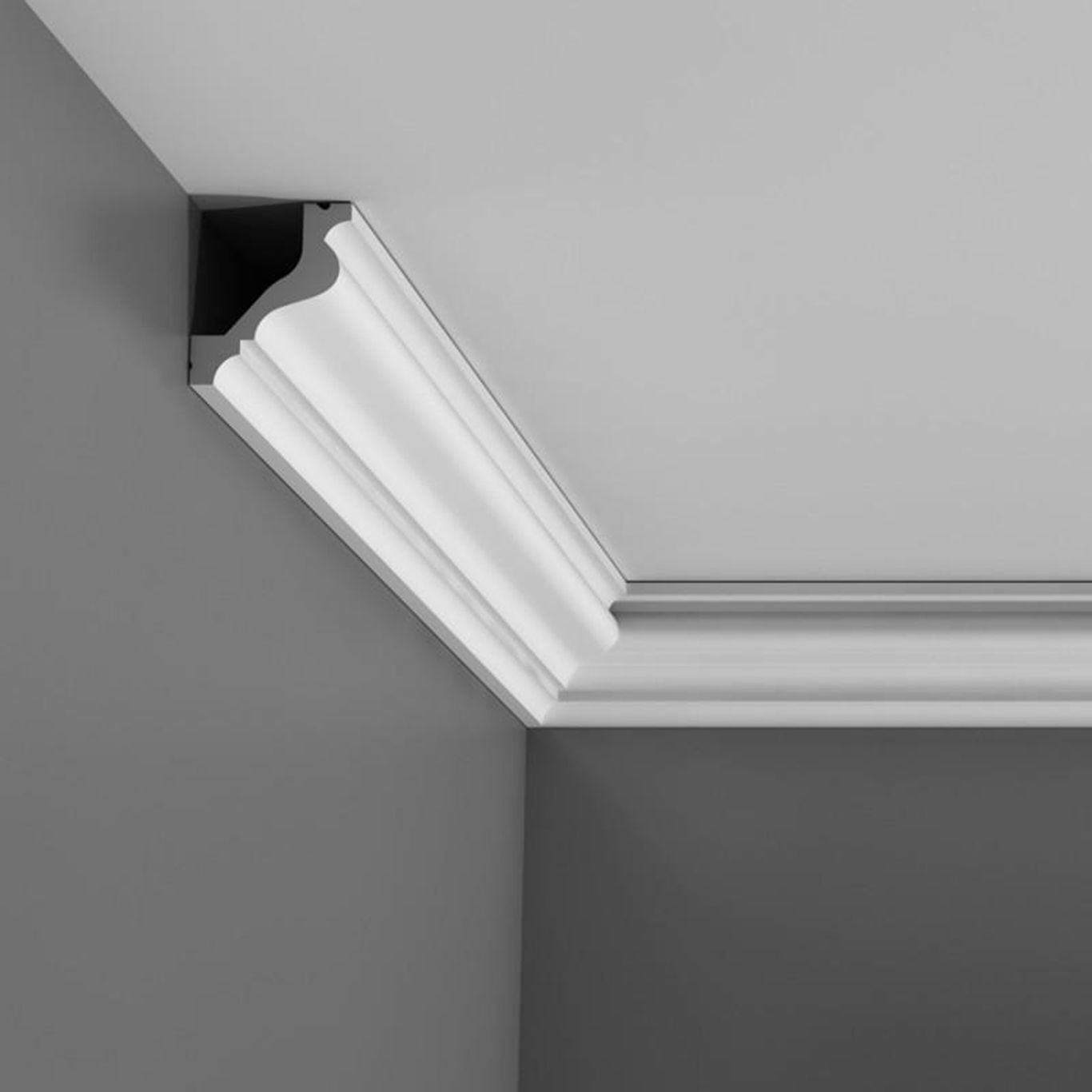
Timber
Timber, also known as lumber, is a type of wood engineered into beams and planks. And it is often used to build carpentry and furniture.
There are benefits to using timber wood. It is versatile, non-toxic, and easily shapable.
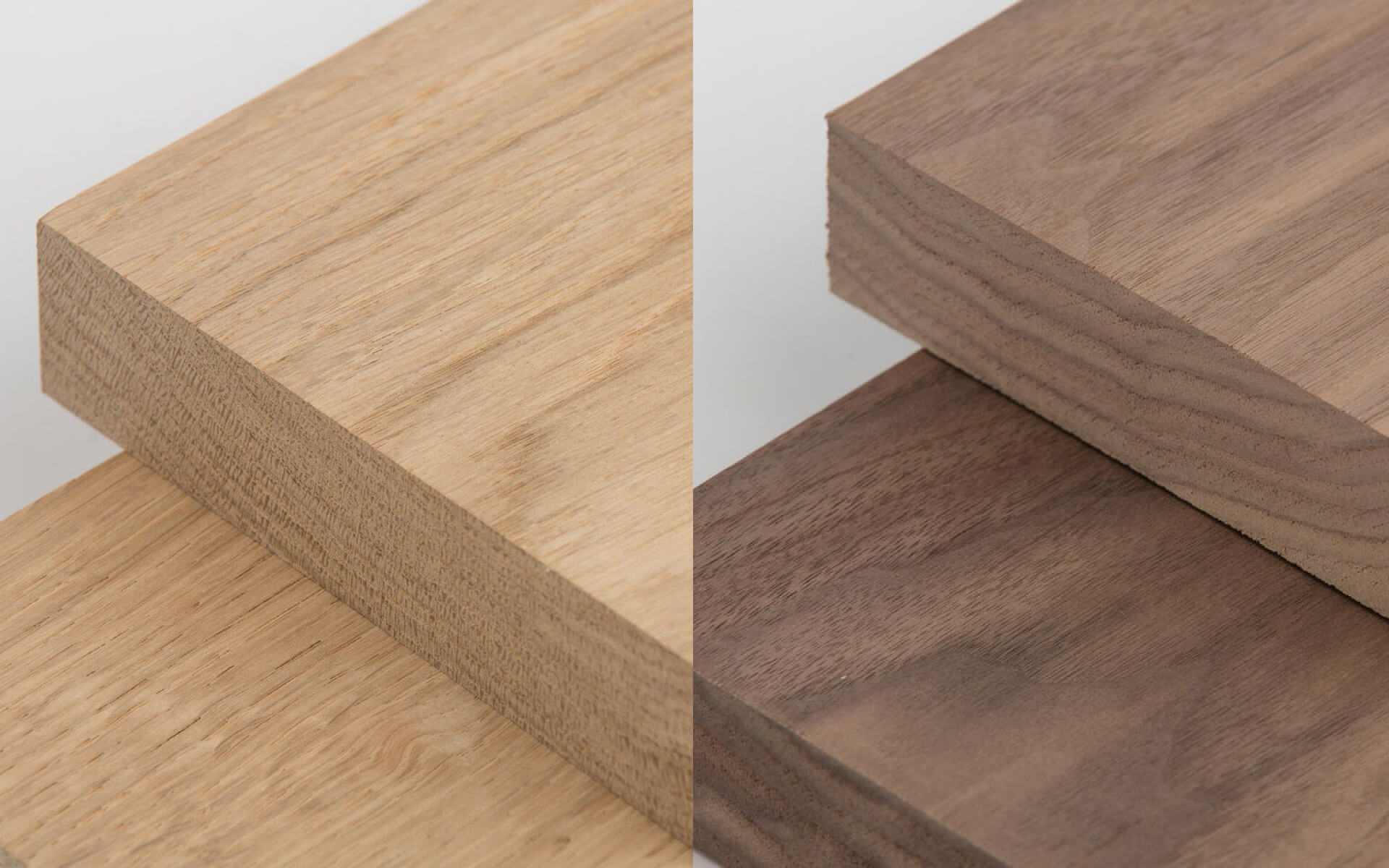
Some types of timber include:
- Oak: A sturdy and strong wood, making it a popular choice for carving.
- Walnut: A hard and heavy wood that is resistant to decay but vulnerable to insects.
- Exotic: Opposite from domestic hardwoods, it is a hardwood found across the globe, used to make contemporary or modern wooden floors.
- Reconditioned: Recycled timber that is conditioned and used again after being salvaged from a demolished building.
Common Misconceptions on Renovation
Materials
Looking at the material of a wall, tile, or countertop could be confusing when there are common materials such as granite, marble, and quartz.
Many would assume that these materials are all marble, but they’re not. Yes, they look similar, but they also have very distinct properties that set them apart.
Let’s take a closer look at each of them to understand them better.
Firstly, when magma under the Earth’s surface cools and solidifies, granite is formed. These natural rocks form a durable and hard stone, composed of many minerals such as quartz, mica, and feldspar.
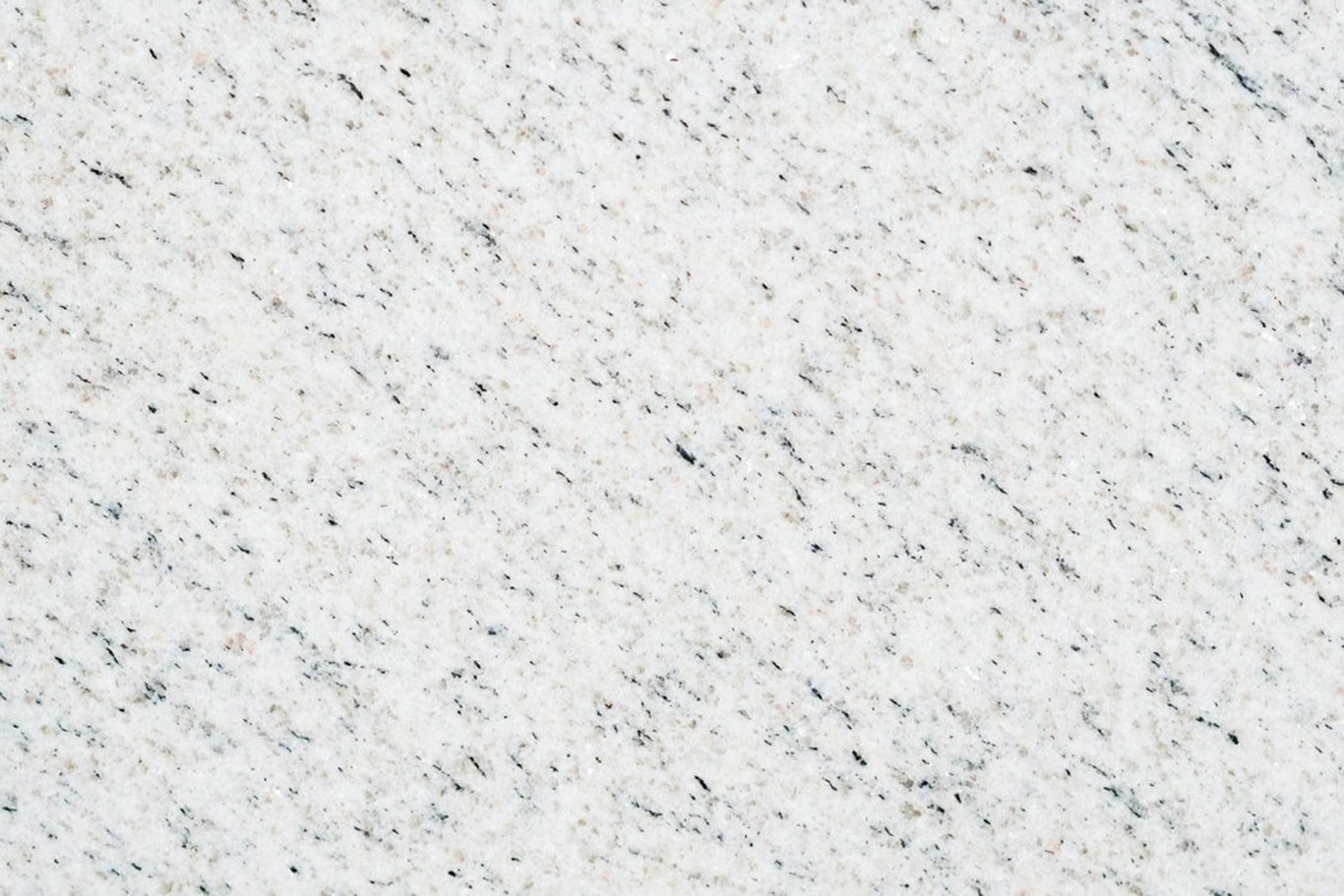
Granite can come in varying colors, such as grey, black, white, brown, and even blue and green. A granite usually displays a grainy or crystallized texture, with different colors of lines and scattered patterns surrounding it.
Although not as beautiful as marble, granite is used commonly in black to provide a timeless style and design.
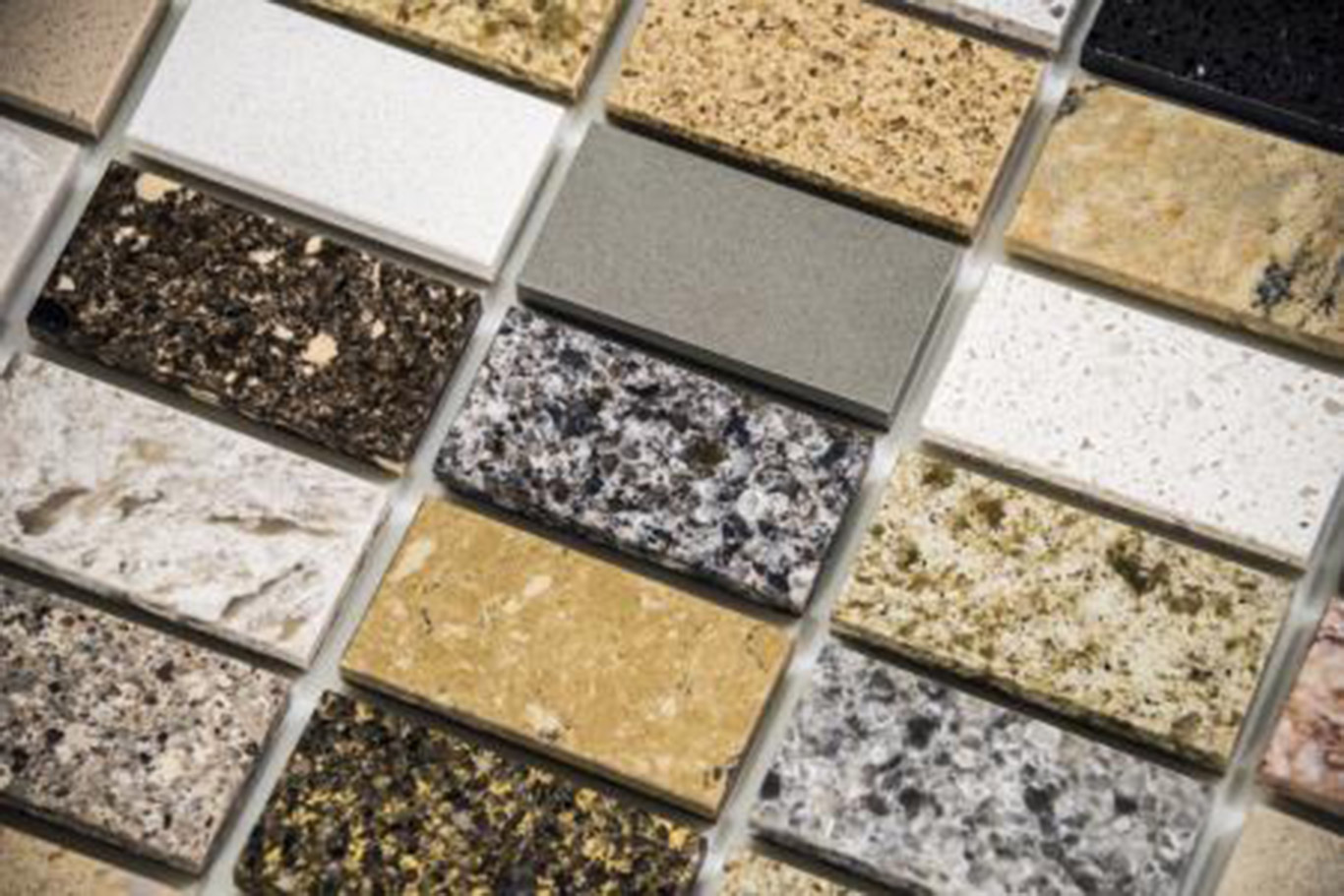
As a natural material, granite is highly resistant to scratches, cracks, stains, and heat. However, it is still porous, but lesser than marble. Along with its low maintenance and durability, these properties make granite a popular kitchen countertop material.
Secondly, marble is a type of rock formed when limestone undergoes intense heat and pressure over time caused by magma.
A pure limestone would usually produce marble that is light-colored or completely white marble. For limestones with impurities, veining appears.
A veining is also known as the thin or dramatic lines seen on a marble, often in a different color than the entire marble piece.
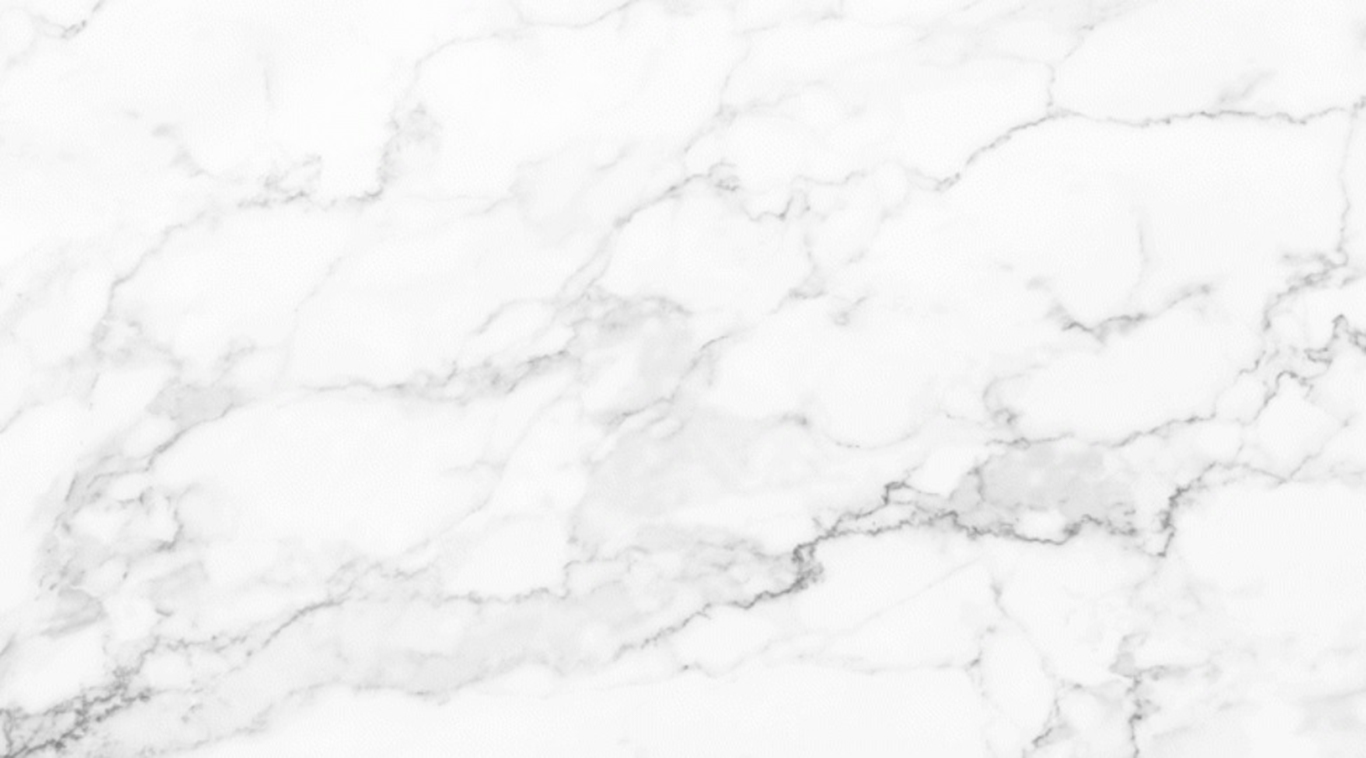
It is undeniable that marble is a gorgeous material.
With a grainy yet smooth texture, marble provides houses with a luxurious and elegant touch. However, marble is more porous and softer than granite, which results in many countertop stains.
These stains could seep inside the marble and damage the stone altogether. Therefore, marble countertops are best used only in dry kitchens with light cooking.
To counter the porous nature of marble, you can coat or polish the layer for longer-lasting countertops.
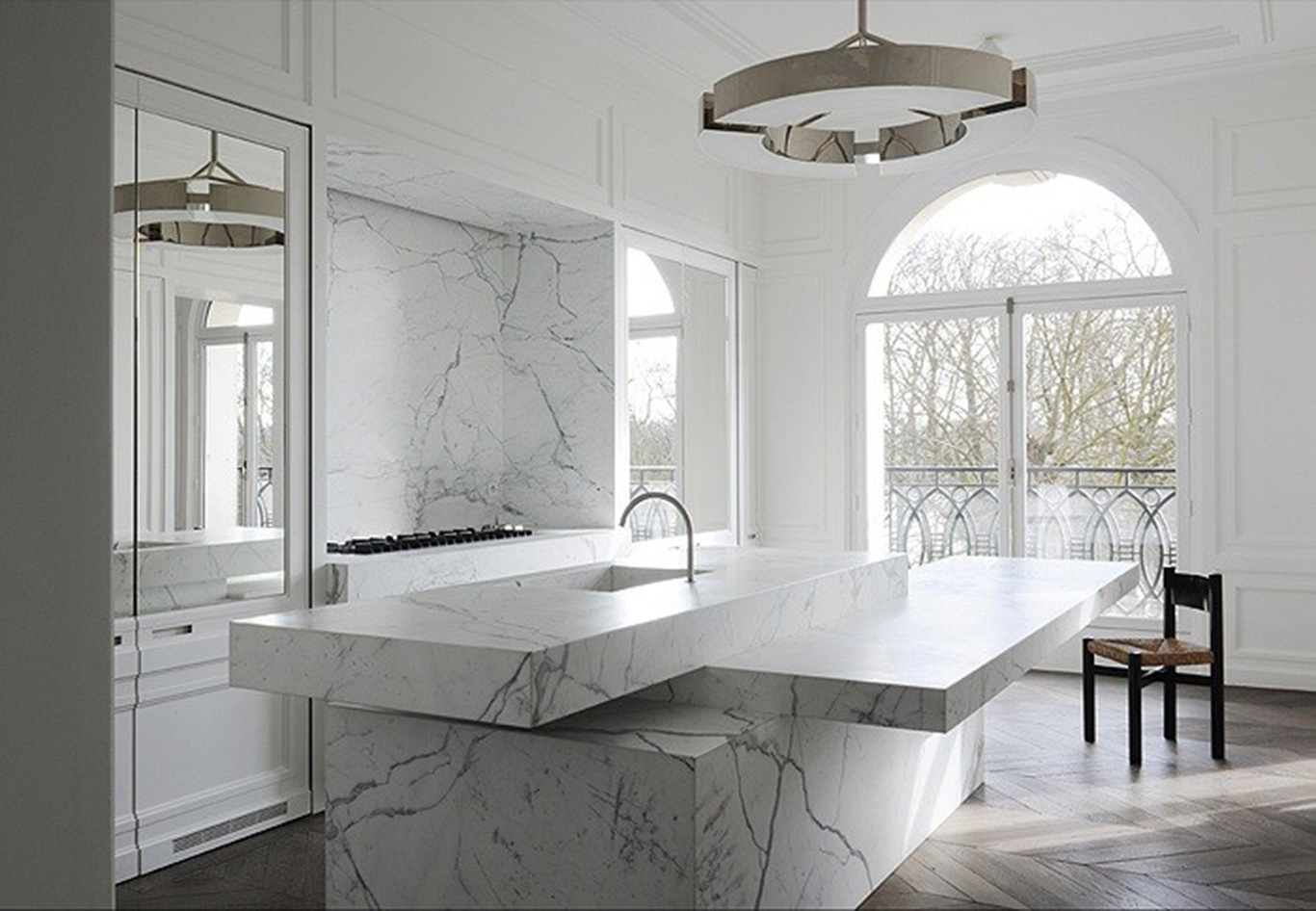
Thirdly, quartz, also known as an engineered stone, is a synthetic material made from a combination of sand, quartz, and resin.
Quartz can come in different colors, such as pink, blue, green, purple, and black. When plain-colored, quartz looks unique and different because of its star-like appearances caused by the crushed mirrors effect.

Since quartz is non-natural, it is more durable and versatile than natural stones. Its uses are for bathrooms, walls, and kitchens. Non-natural stones also require little maintenance and are stain-proof.
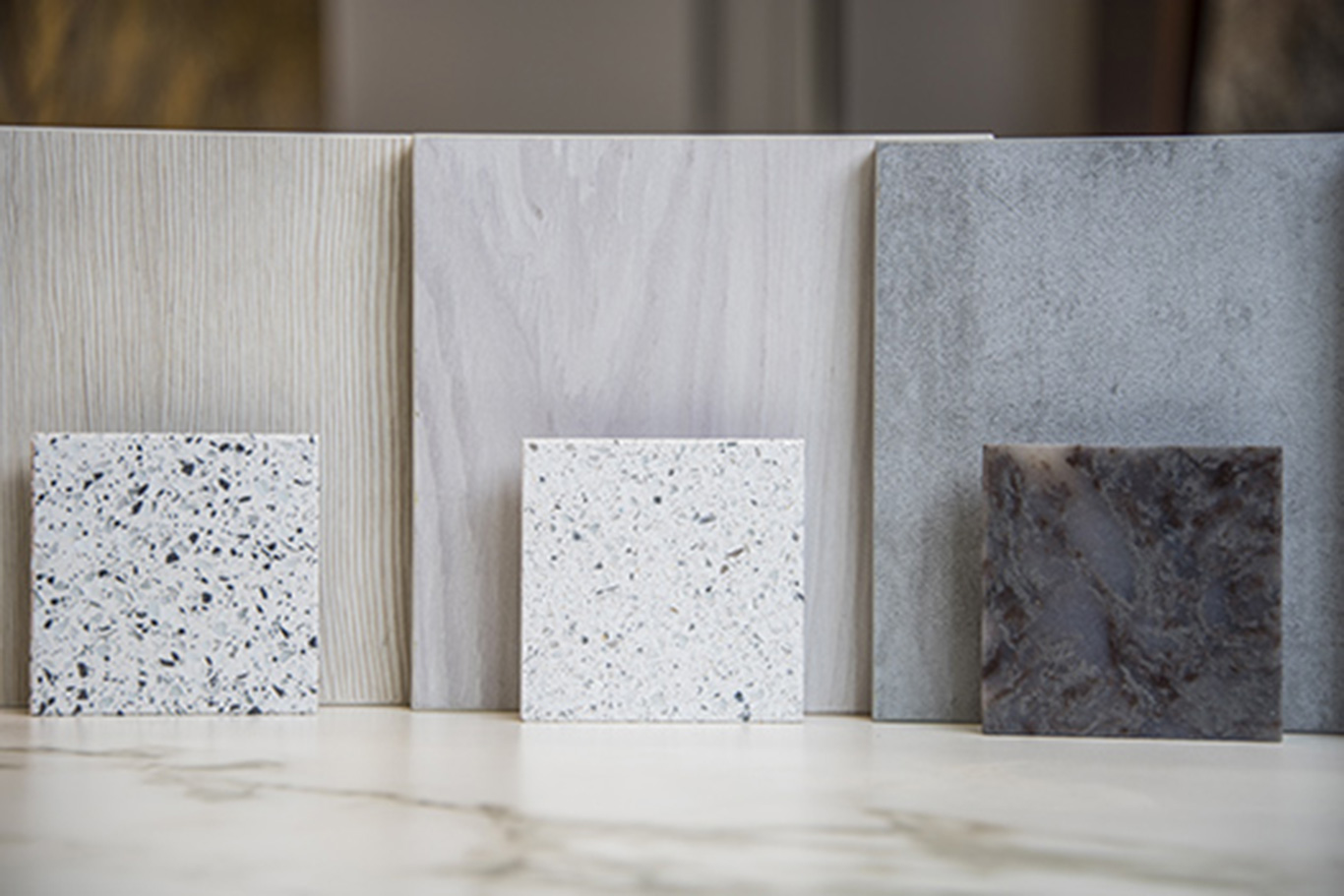
Thus, to mimic marble, quartz is used. However, quartz can be damaged easily by excessive heat and is more expensive than granite and marble.
Distinguish a style and a theme
When it comes to interior design, the words “styles” and “themes” are used interchangeably and become confused with one another.
A style may be mistaken for a theme and vice versa. We must distinguish these two.
A style is the main design of a house. It is the big picture that unifies the different themes, elements, and designs of the house.
Some common styles include Scandinavian, Retro, Mid-century, Victorian, Modern, and Minimalistic.
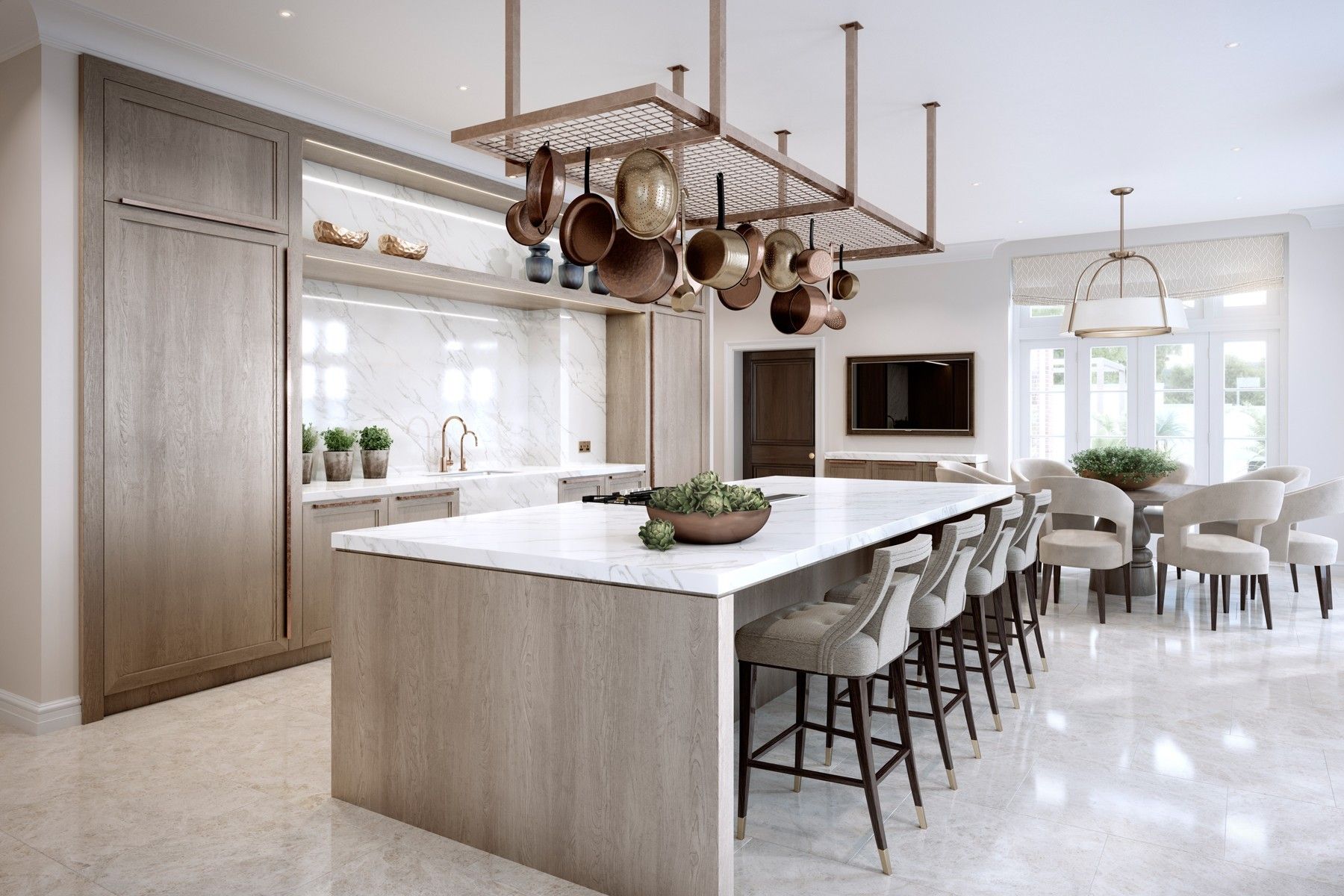
A theme, on the other hand, can be defined as enhancements to a style. They give a touch of accent to obtain the desired look.
Some themes would include botanical, jungle, dreamland, Peranakan, nautical, cars, or anything up to your imagination.
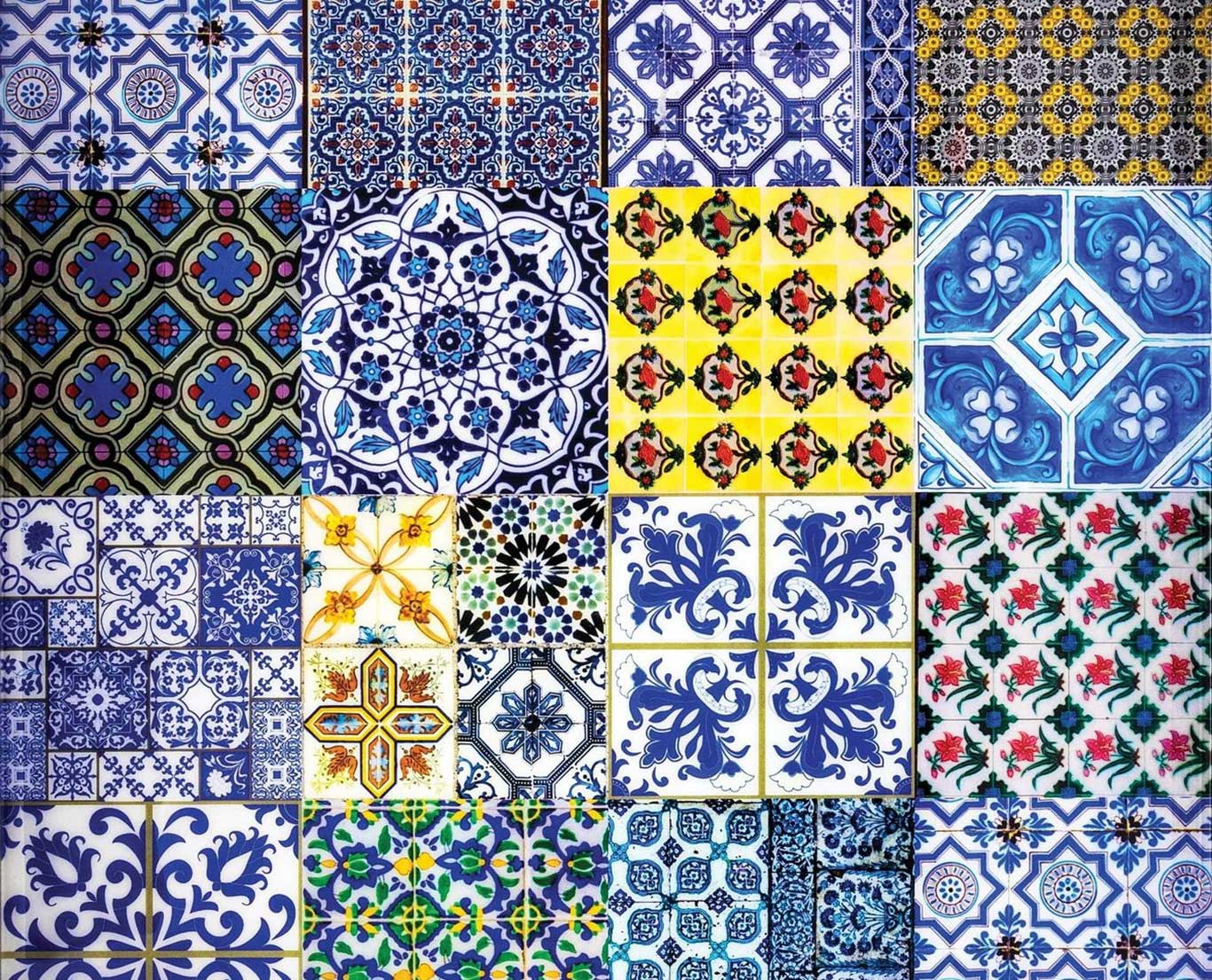
Injecting a Peranakan theme into a modernized space creates a modern Peranakan style. Such as using Peranakan elements of deep blue tones and Peranakan tile in the kitchen space.
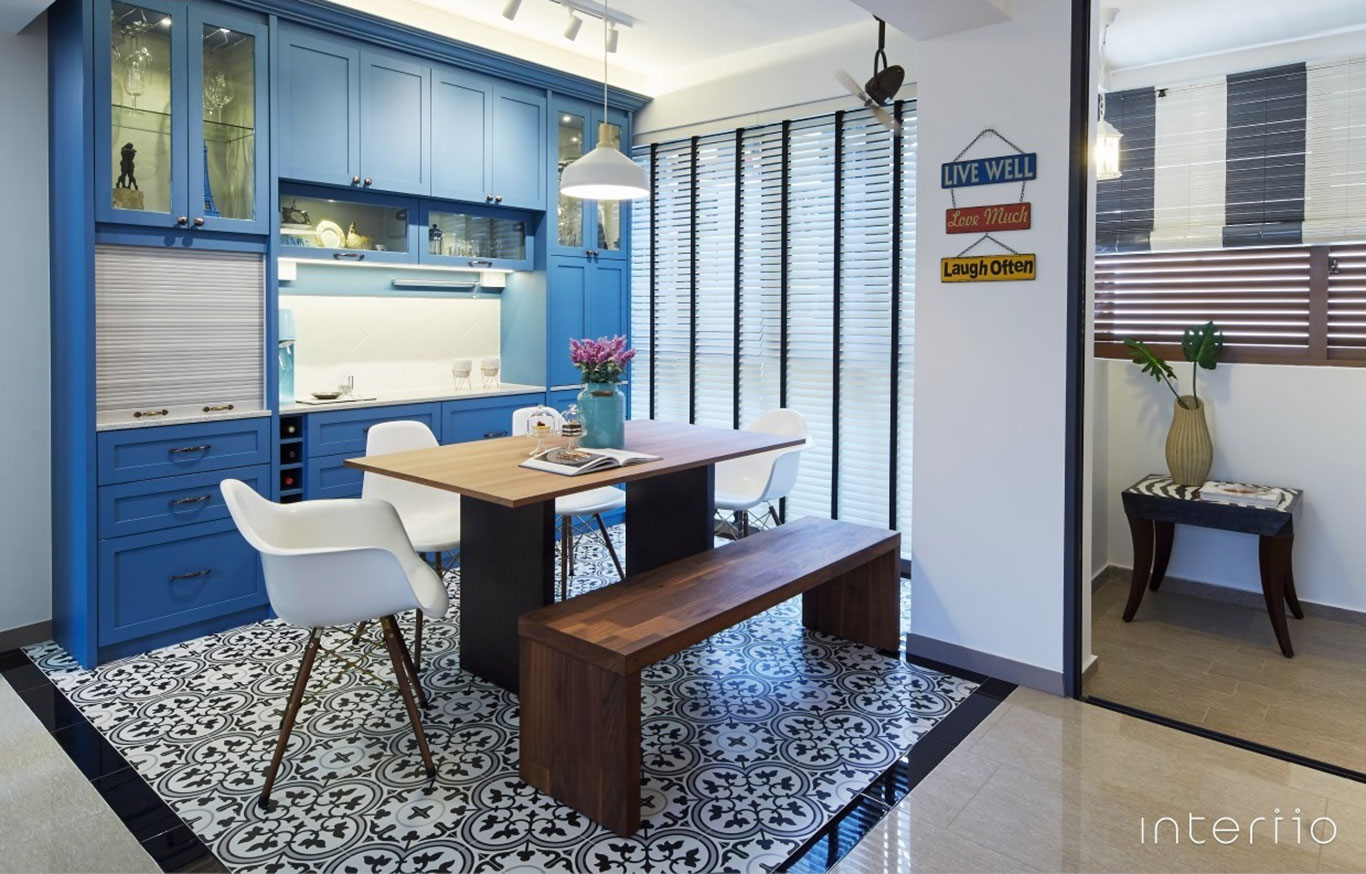
Define Uncommon Styles
Coastal style
A Coastal style or a Resort-style, as the name suggests, is one that is closely related to the beach. However, it should not be confused with the Tropics or Mediterranean style.
A coastal style has no boundaries between the indoors and outdoors because of its closeness to nature.
This style utilizes natural light, soft tones, and clean aesthetics. It mimics the breeziness and naturalness of a beach.
The colors used are natural environment colors like earth tones, blue and white shades, maple, and ash wood.
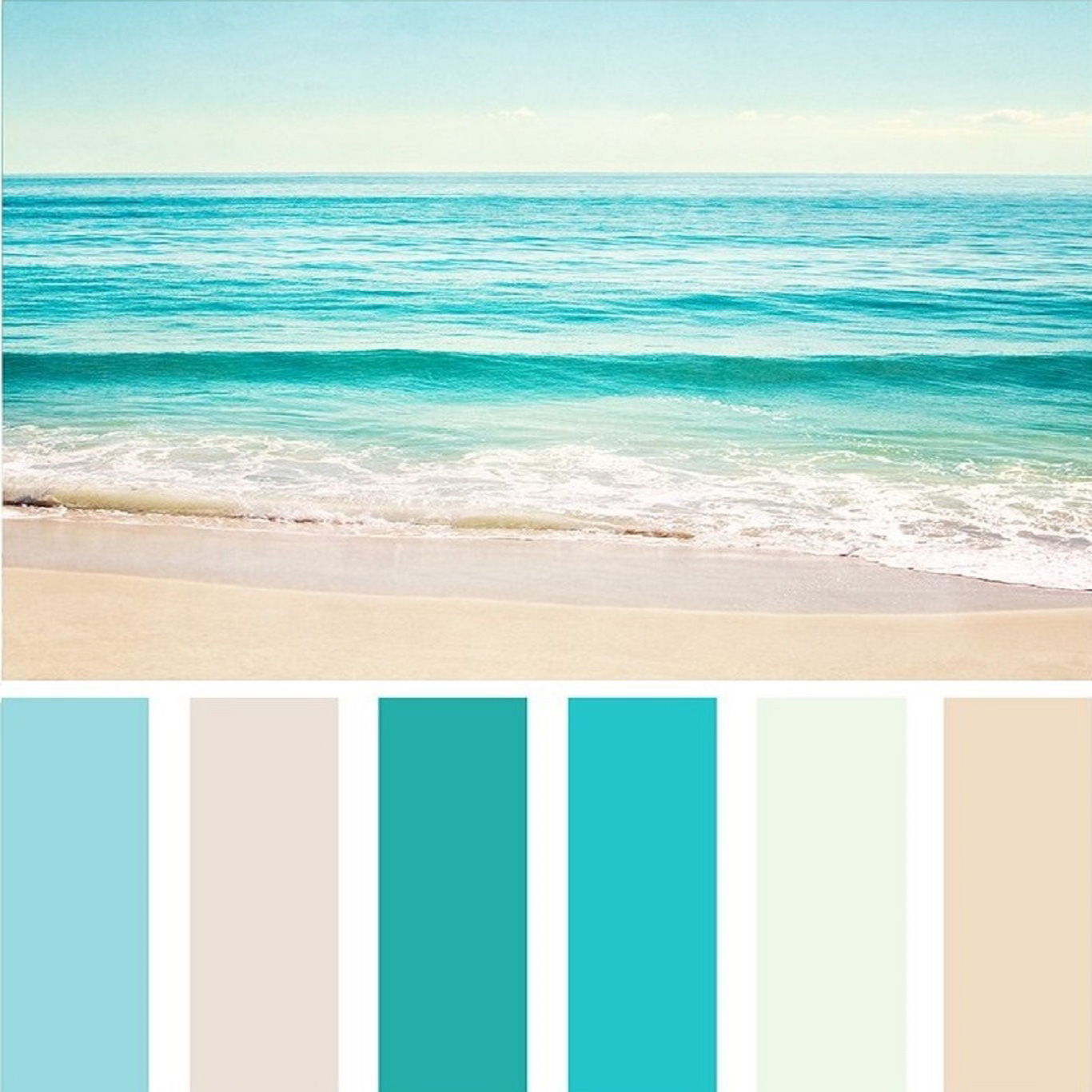
Furniture in a Coastal style home would allow lots of light into the house. By using huge windows, glass doors, and skylights, natural light enters and brightens the space, creating a more airy atmosphere.
Moreover, these transparent structures allow you to enjoy the panoramic view of the beach, cityscape, or nature from the comfort of your home.
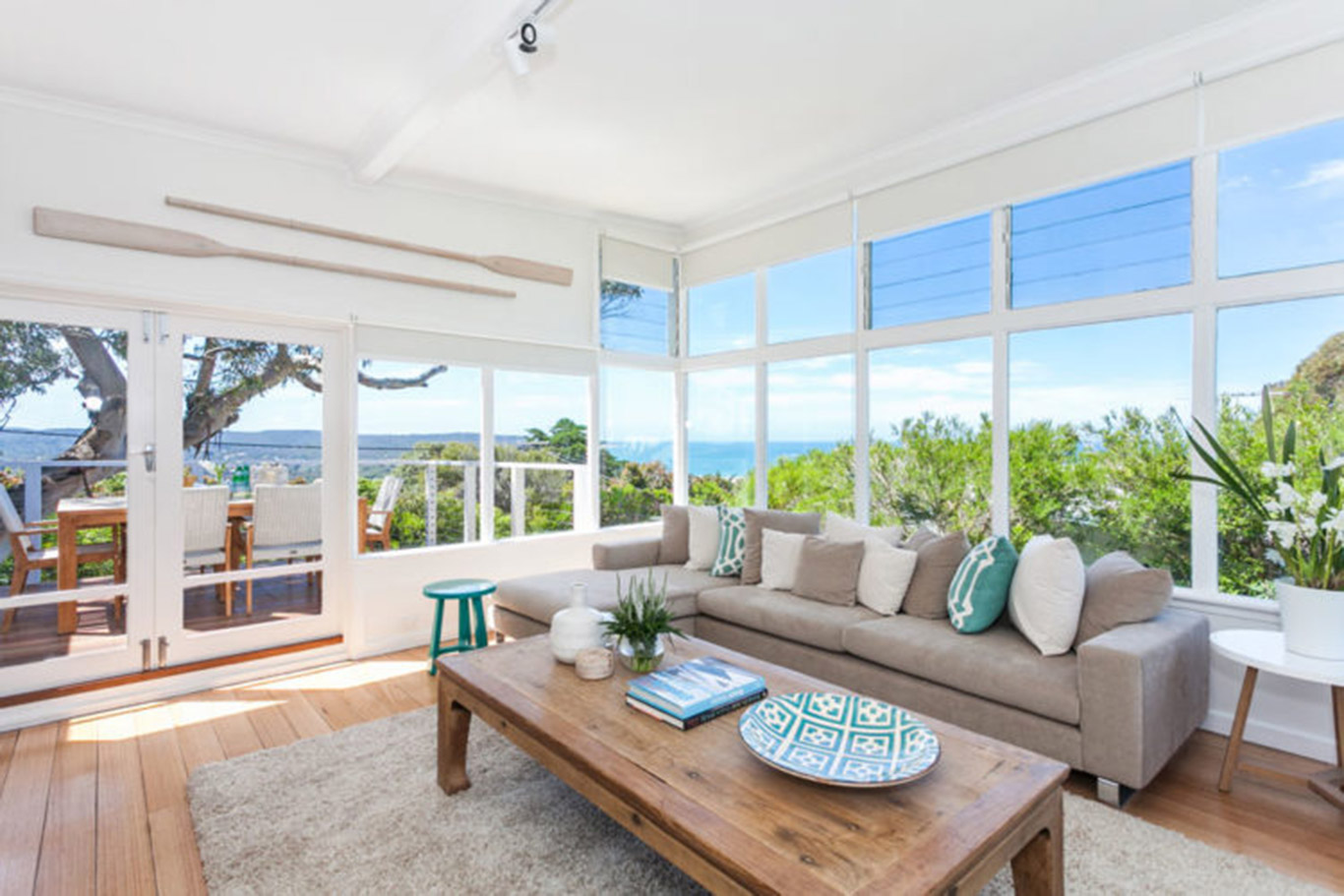
Apart from inviting light into the home, natural materials such as linen fabric, sheer materials, weathered woods, and straws make up the furniture.
Natural elements ensure that the home remains closely related to the environment.
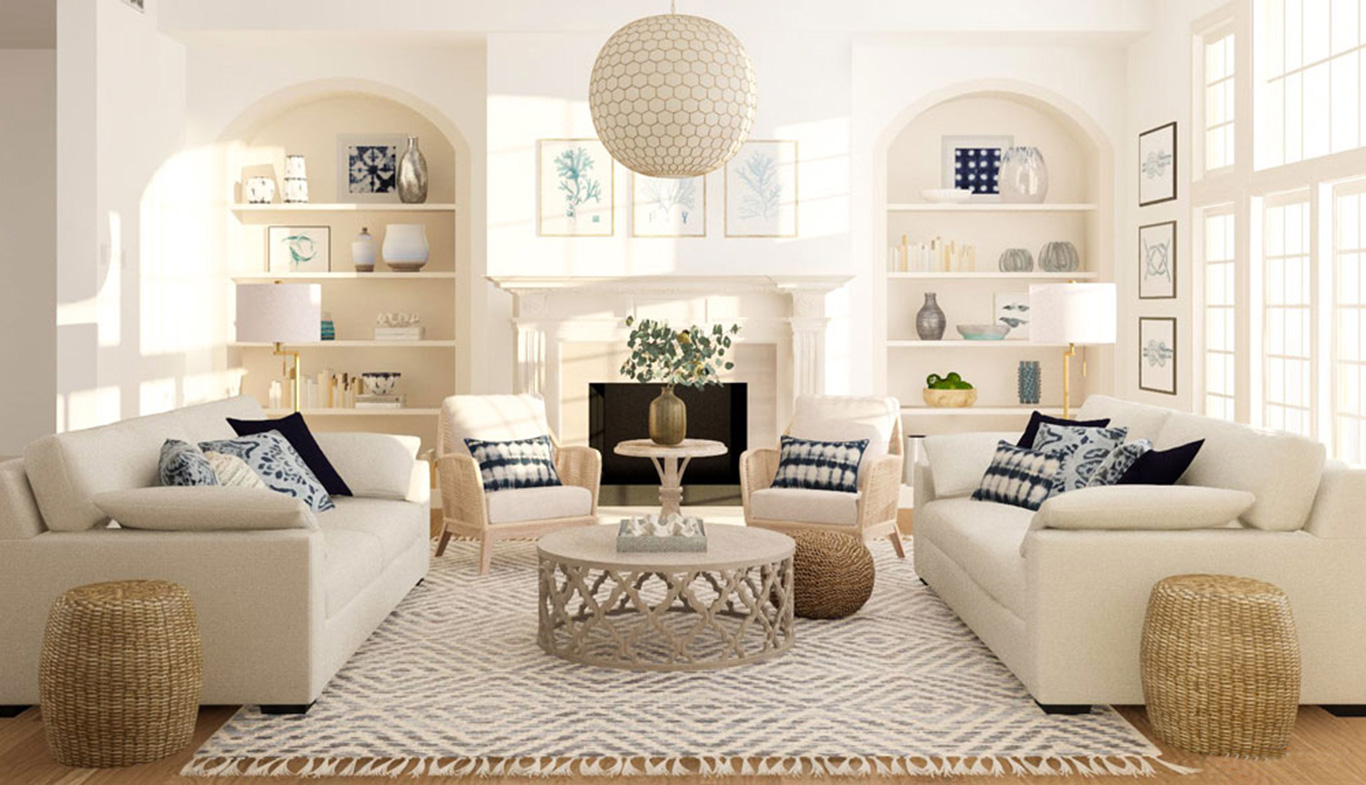
If you want an extra touch of the seaside, feel free to add shells, windchimes, bottles, or even woven tables and handmade baskets.
Flashy materials such as metal or shiny decorations are strongly discouraged to keep the style minimal and soft.
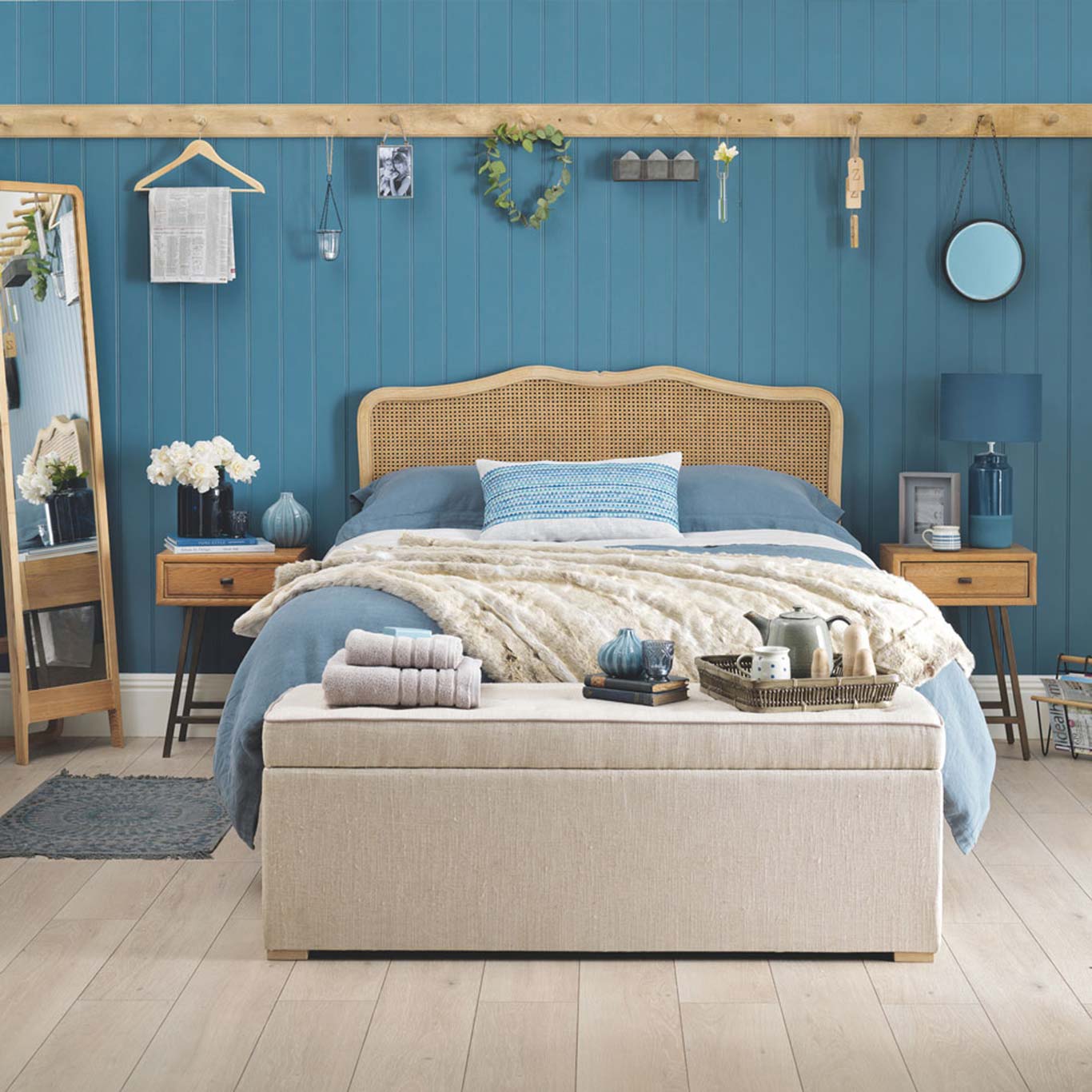
Altogether, Coastal style provides homes with a relaxed and easygoing feel. If you want a comfortable home you can unwind in after a long day of work, hop onto the rising trend of Coastal style homes today.
Bohemian style
A Bohemian refers to someone who has unconventional but artistic ways. As such, they tend to embrace uniqueness and are adventurous.
A Bohemian style home would be a space for someone to express their visual interest and relax their spirit.
It is the opposite of a Minimalistic style, as Bohemian embraces “more” to showcase their boho chicness and hippie-inspired accessories.
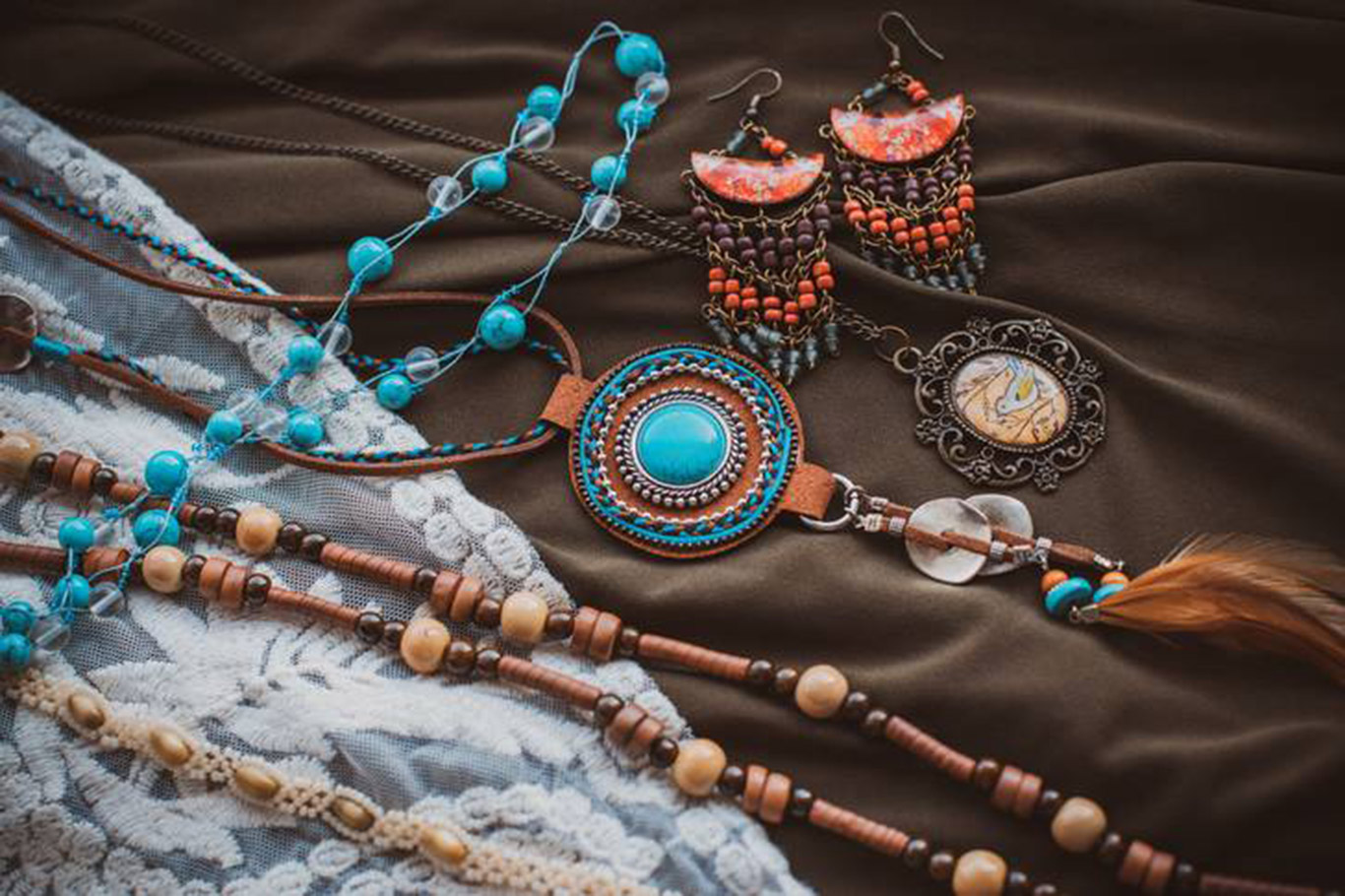
Therefore, a Bohemian style would consist of a mixture of multi-cultural layers, elements, patterns, and textures.
Warm and earthy tones, metallic or neutral colors set the base of the home. The colors allow other patterns or bright decorations to be mixed and matched, which creates the Boho feels.
However, keep in mind that the colors and decorations should not be too rich or chaotic.
Patterns and textures are a distinct way to achieve a Bohemian look. They can be layered using contrasting and mixing designs or lux colors such as dark green, burgundy, deep purple, or bold colors such as bright red and orange.
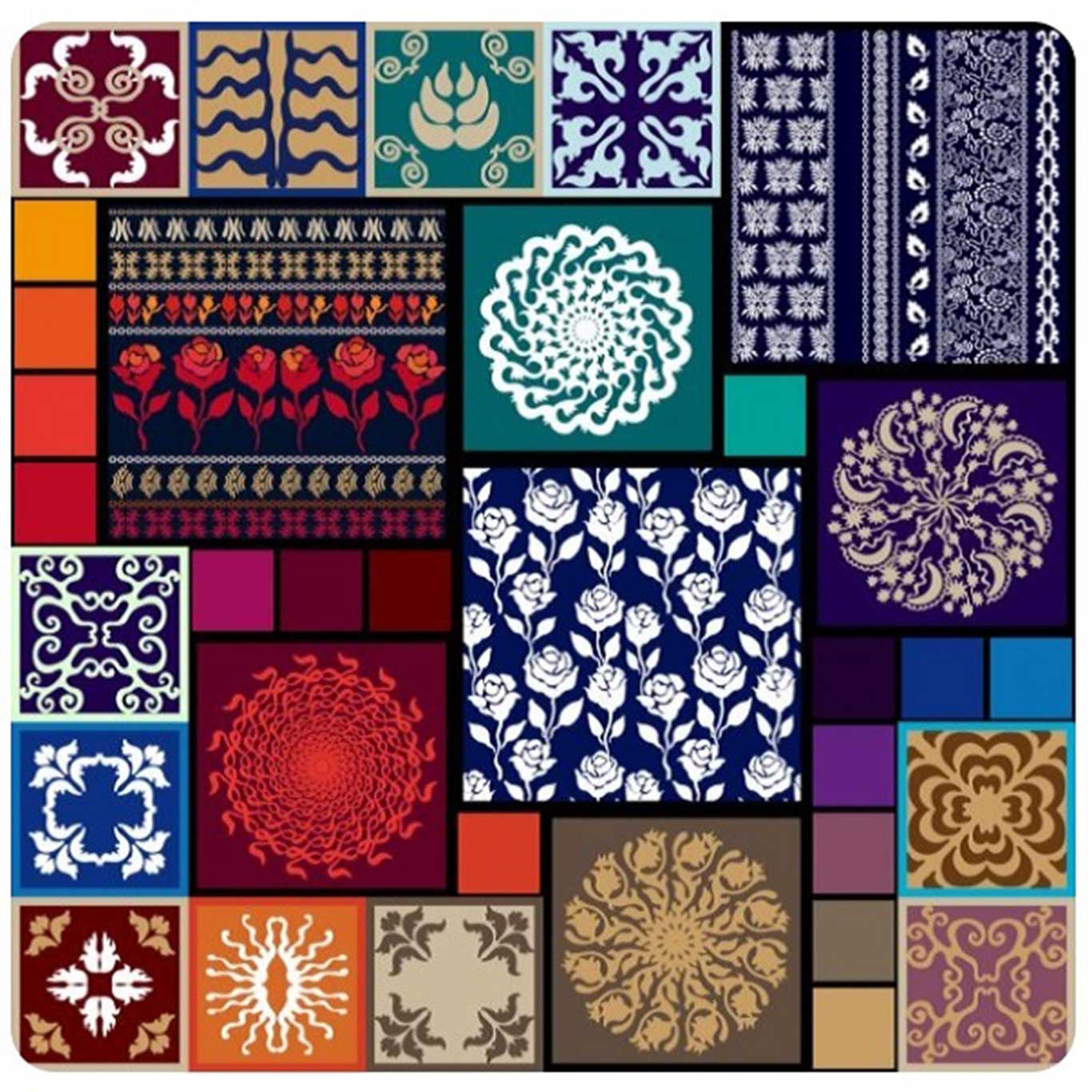
Vintage and antique furniture in a variety of shapes and sizes decorate a Boho space. For example, eclectic decors such as handmade items from local markets, cultural souvenirs, and trendy art pieces or exotic ornaments such as mirrors, tapestries, and sculptures.
Crochet or fringed cushions, curtains, and rugs are also great for layering and decorating a boho space.

Finally, place a few potted plants or hanging leaves to complete the final look. Plants help to add a pop of color and create a relaxed vibe in your home.

Now, the patterns, textures, antique furniture, and plants are mixed and matched beautifully to help you achieve your very own Bohemian home.
Farmhouse style
The word farmhouse can bring about ideas of barns, wood, cowboys, and hats. However, that would make a home look too country.
Nonetheless, we can still incorporate the elements into the design but ensure that warmth and coziness remain the main element.
In a barn-house, wood brings about a rustic feel to create warm and cozy feelings.
Likewise, a Farmhouse style home would also use wood beams and blocks for the exterior. For the interior, furniture such as walls, cabinetry, and tables could also be wood.
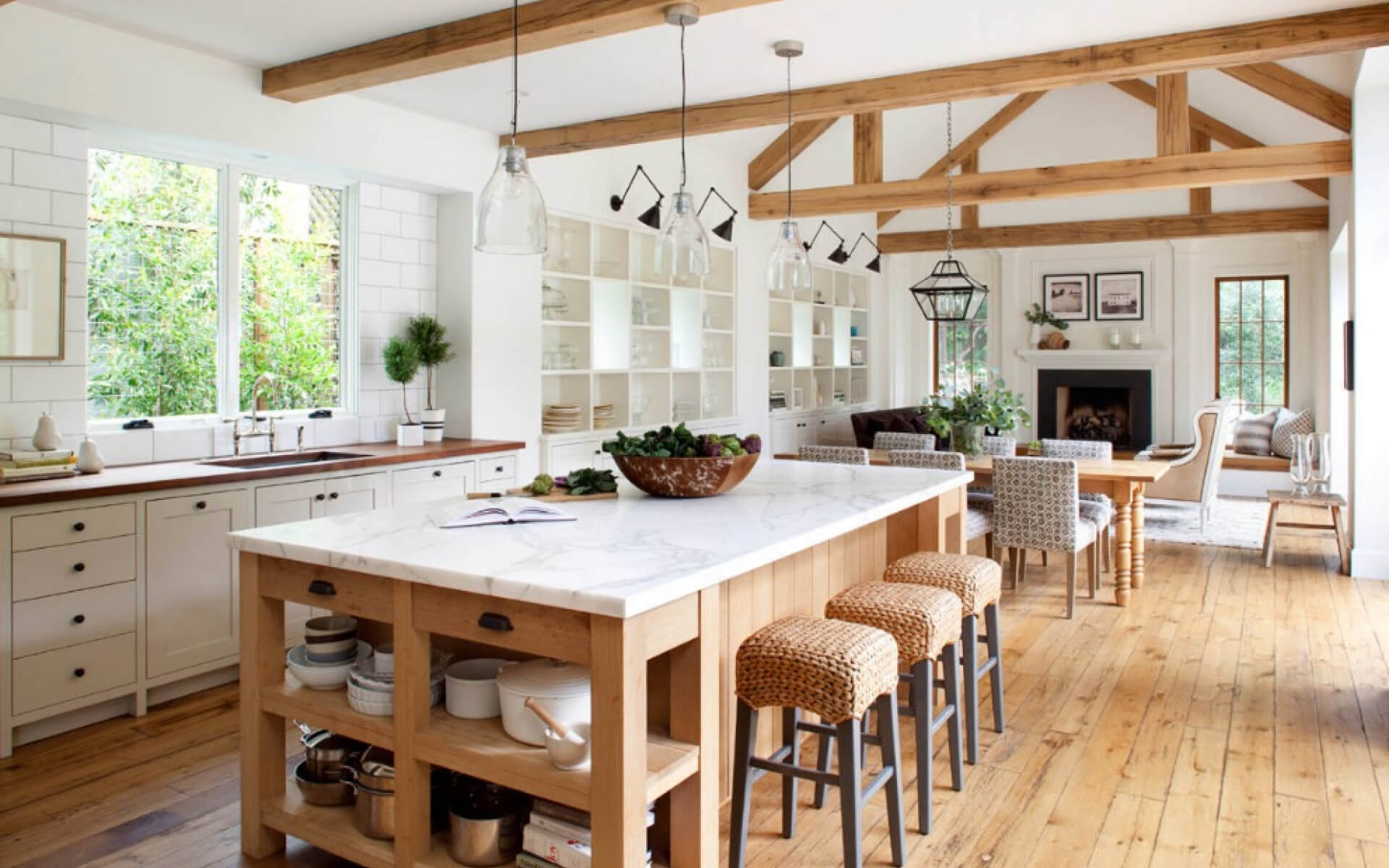
To continue the emphasis on warmth, we convey it through colors. Thus, we can use neutral colors such as white, greys, and orange.
However, do not be afraid to add a few bright colors such as deep and warm red, gold, or smoky violet that demonstrate rusticness and complement barn and wooden furniture.
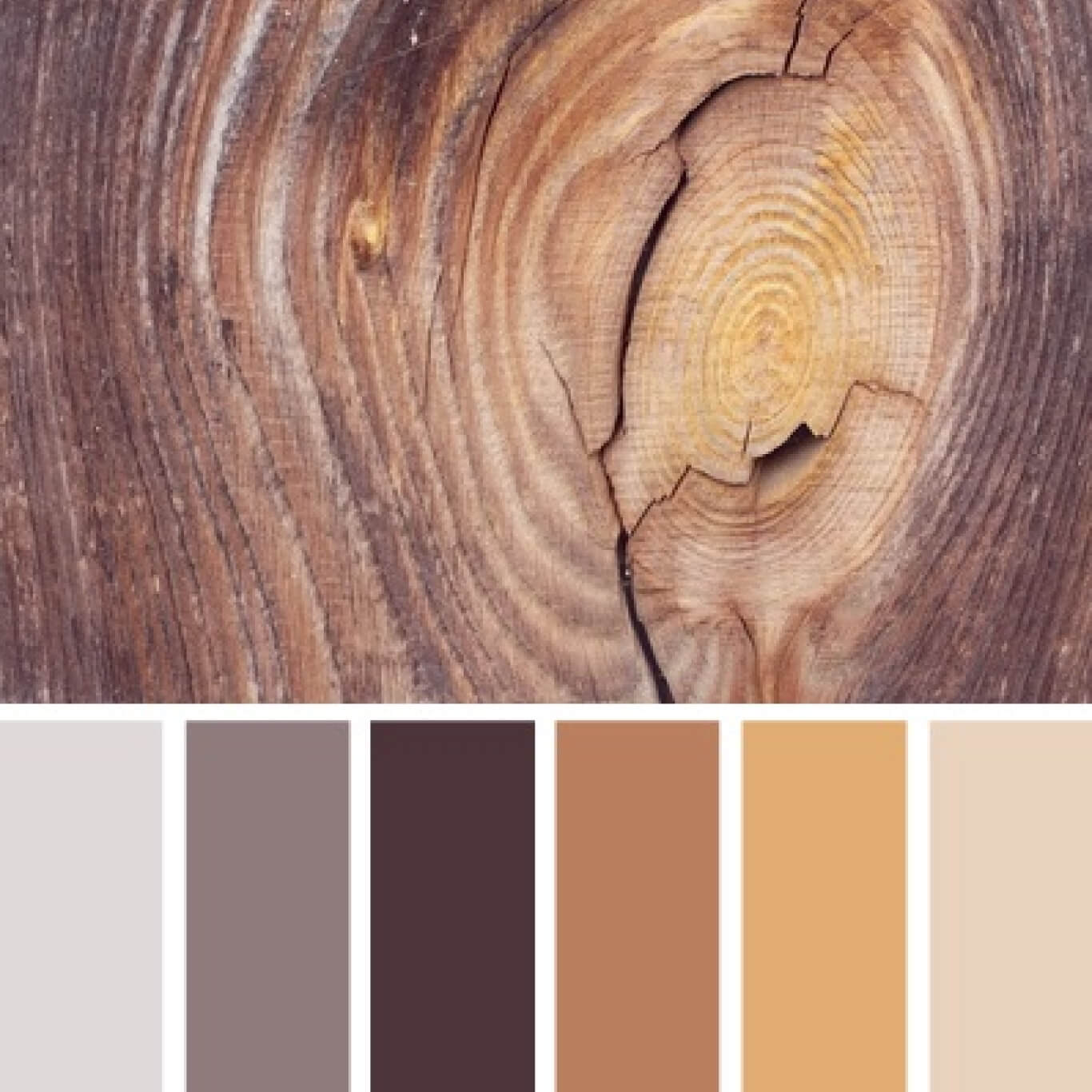
To decorate your Farmhouse style home, use some antique furniture and hand-me-down decorations.
Having such furniture shows real nostalgic value. Be careful not to add too much because you may lose the original farmhouse essence.
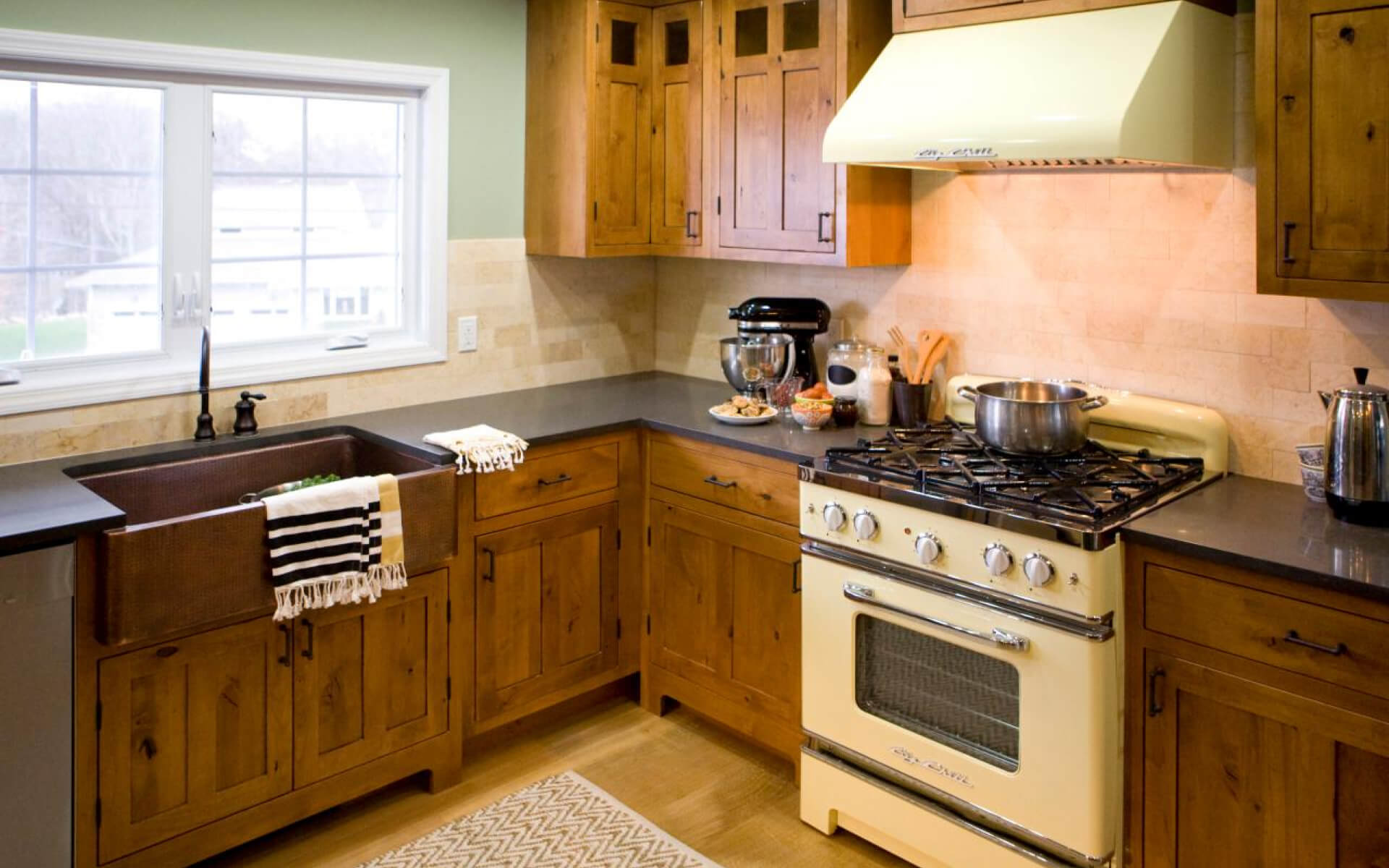
Hence, keep your furniture simple to add a modern touch to these old and vintage concepts. After all, a simple vintage farmhouse should bring warmth and coziness to your life.
Compare and Differentiate Similar Styles
Contemporary vs. Eclectic
One similar feature between Contemporary and Eclectic styles is that both designs embrace numerous materials and textures. In other words, both are ever-changing.
Despite the similarities and the possibility of being interchangeable, they have distinct characteristics.
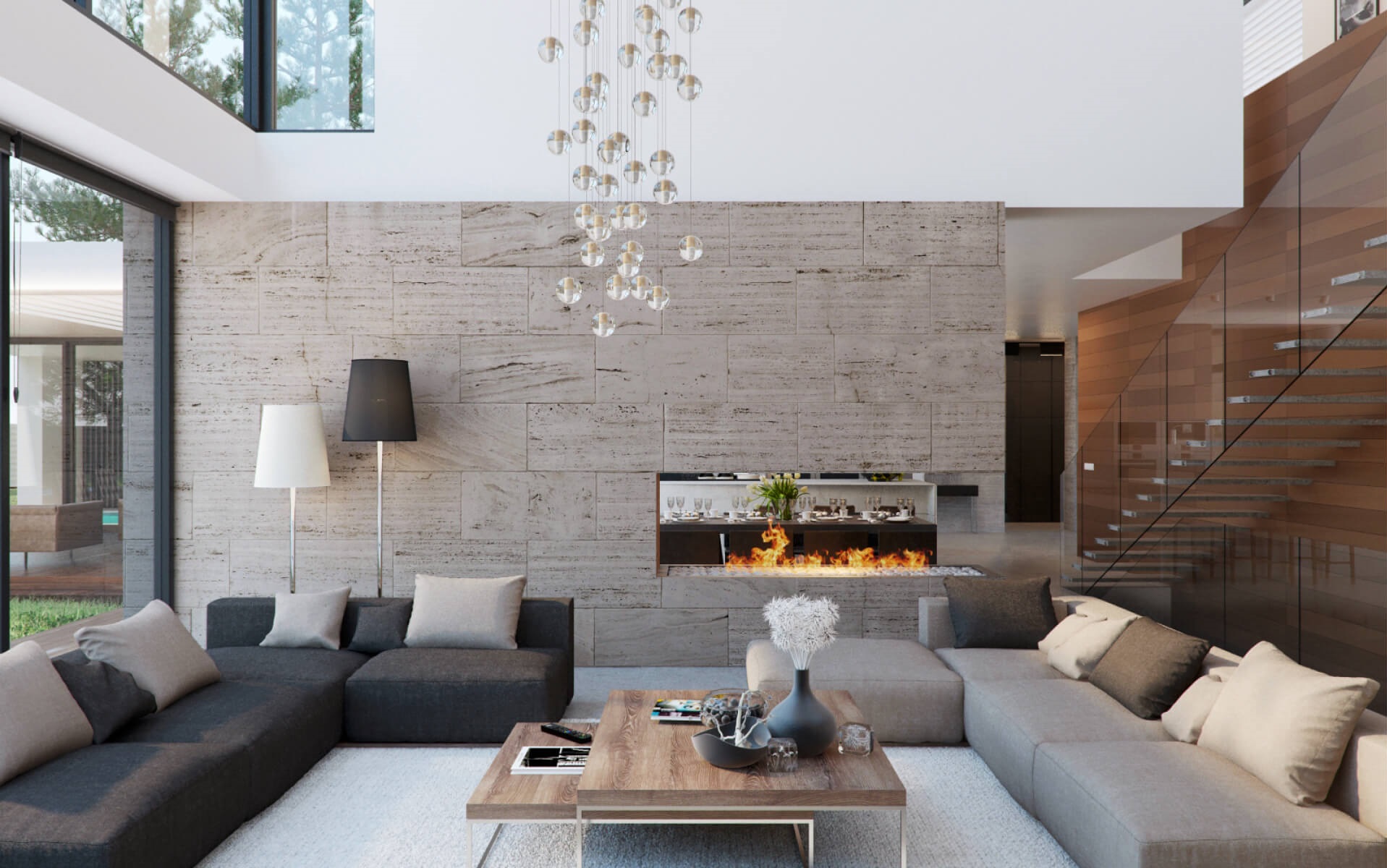
One distinct difference is that Contemporary style comes about through adopting current happening design trends and continues to evolve with the influence of lifestyles and time.
For instance, the current emphasis on environmental sustainability has increased natural materials as part of the home interior.
Despite taking up various trends, the style emphasizes clean lines to attain a gleaming overall look.
For a complete guide of Contemporary style, check out our blog.
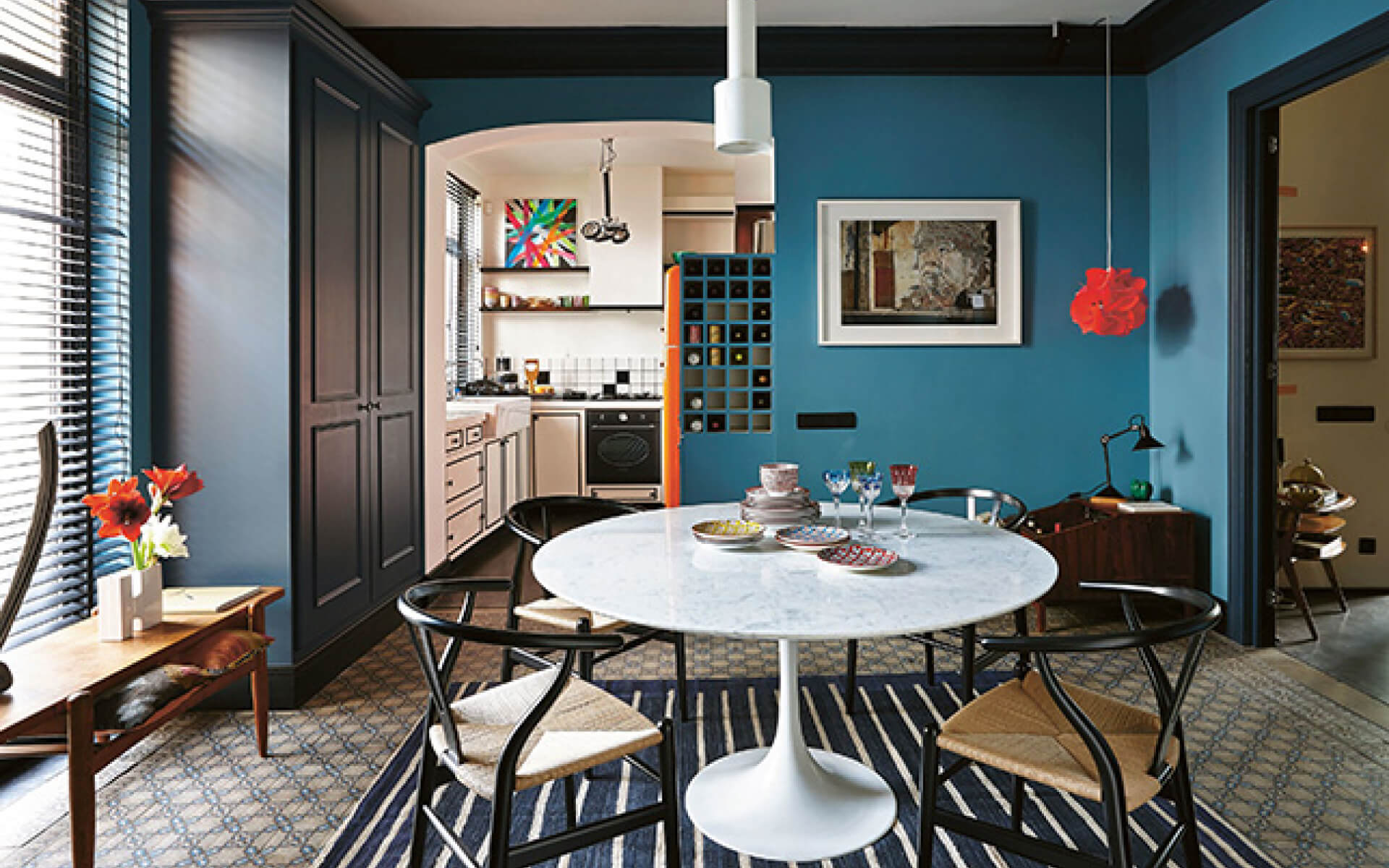
On the other hand, the prominent element of Eclectic style is that it transpired through one’s personality and preference.
Simply put, the fact that this design originated from favoritism, it expectedly consists of a mixture of textiles, textures, colors, and styles.
Together, these properties make the Eclectic style individualist and distinguishable.
Our portfolio stories show examples of Eclectic home style.
Contemporary vs. Modern
The similarity between the names of these two styles can be confusing for many to understand. However, if you dive into each design, there will be distinct characteristics that help identify them.
For modern style, it originates from all the past eras. In design terms, it often reflects a particular period. In contrast, contemporary design is all about the current and future, whereby the evolving trends are the inspiration for this style.
The modern design embraces dominantly earthy or neutral colors, at times, with a splash of striking colors to brighten the overall look. Apart from the color palette, this style emphasizes minimalism and practicality.
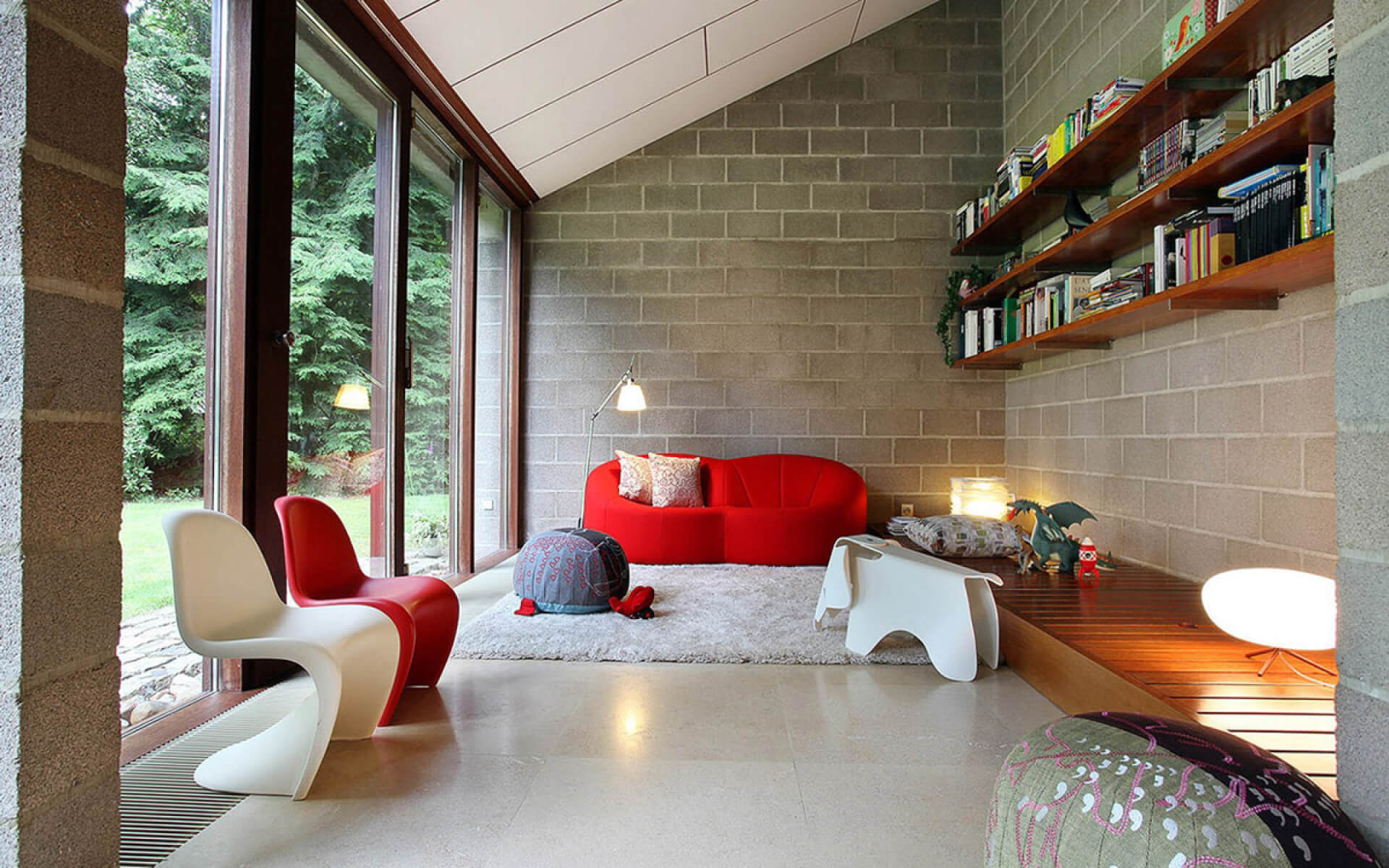
In contemporary design, bold statement pieces are inclusive with highly contrasting colors such as white and black, together with clean lines. Additionally, spaciousness is also a distinct feature of this style.
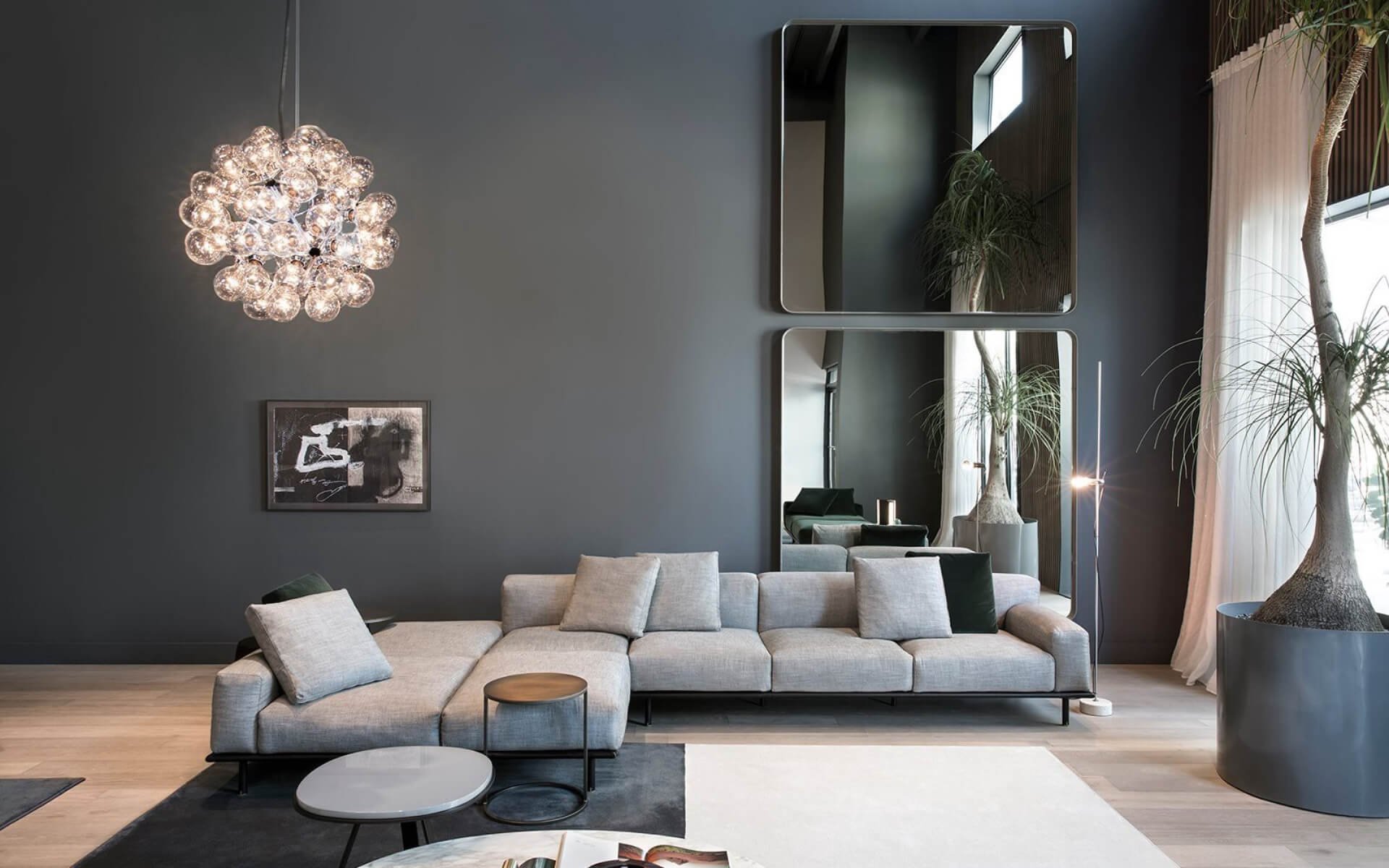
Unlike modern style, contemporary style prioritizes form over functionality. In simple words, decor pieces used can be purely for decorative purposes in this style but have to be functional in a modern home.
Modern vs. Minimalistic
Both Modern and Minimalist styles adopt clean-lined, neat, and natural lighting elements. Many are confused between these styles as they both focus on highly functional furniture.
However, if we were to look closely into the two styles, the key difference is their composition.
There was a high production of furniture manufacturing during the Mid-century. Being influenced by the Mid-century, manufactured furniture is also used in Modern style. For example, straight cut countertops built from machines to mimic a minimal and clean-lined style.
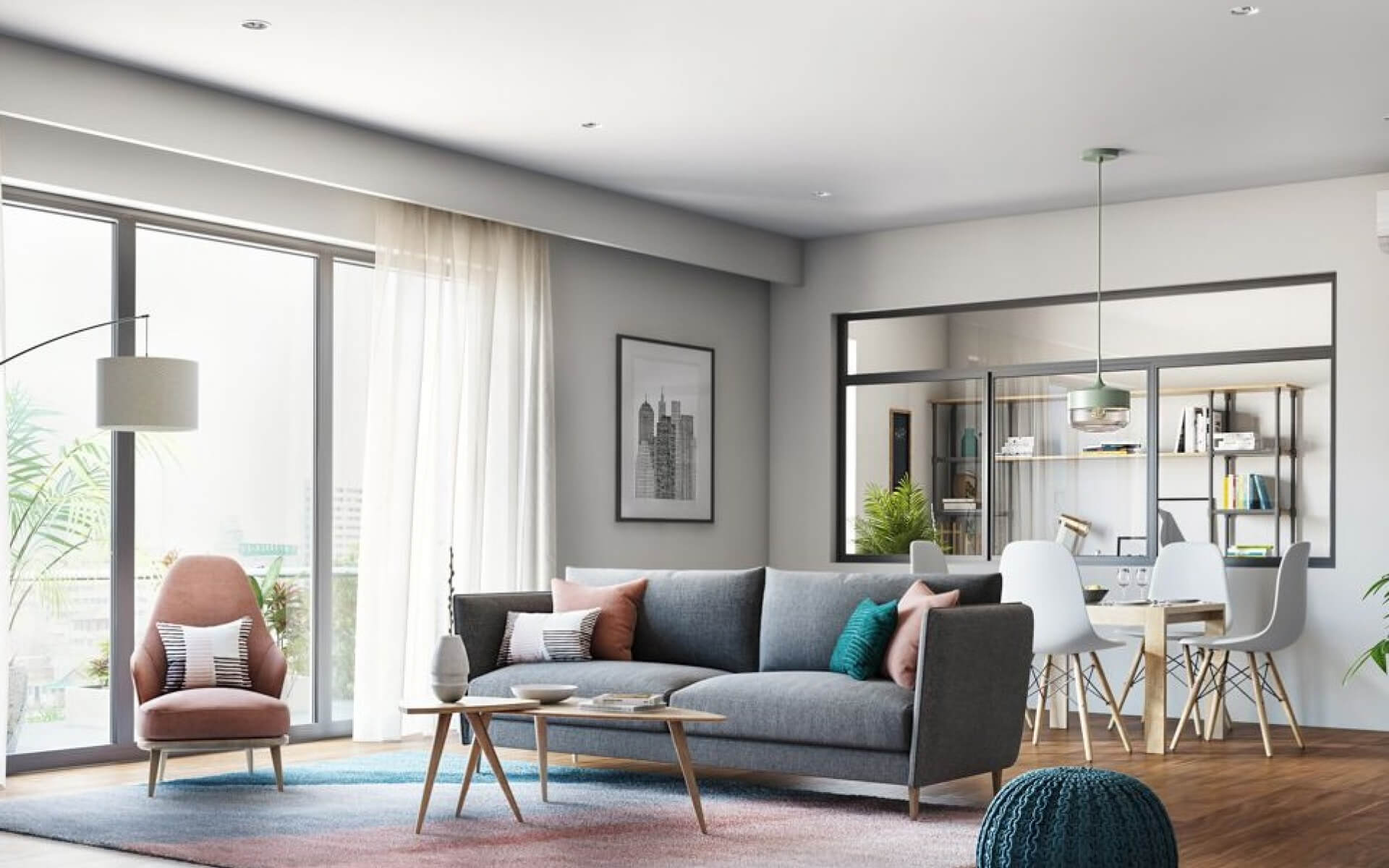
However, one stark difference between these styles is the decor and furniture finishes.
The Modern style embraces bold and contrasting colors on furniture and stylish decorations and accents in the space.
Conversely, the Minimalist style adopts a neutral color palette and furniture with minimal elements.

In essence, the Modern style is functional, decorative, and colorful. The Minimalist style, as the word itself suggests, focuses more on simplicity and toned-down designs.
Summary
With a better understanding of interior design and renovation, you can now head on to your renovation journey. Hooray! Or you could brag about the new key terms you have learned and how easy it is to differentiate different styles in this industry now.
If you’ve found something interesting that’s not in the guide, feel free to let us know. We’d love to hear from you.
To discover more about renovation experiences, take a look at our renovation process.
For more examples of a home-style with different themes, check out our portfolio stories.
Lastly, to read on other guides, our blogs featuring numerous definitive guides will get you started.


